Introduction
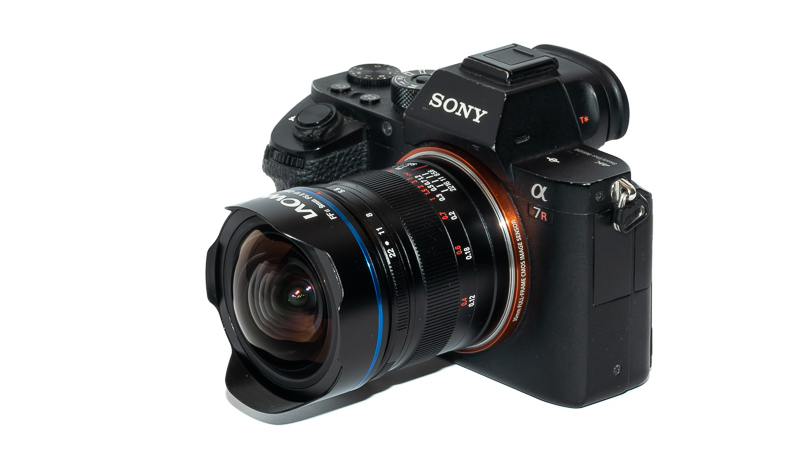
The king is dead, long live the king! After the Voigtlander 10mm 5.6’s field of view has been matched by the Samyang 10mm 3.5 XP and the Laowa 10-18mm 4.5-5.6 it has now been surpassed by this Laowa 9mm 5.6 FF-RL. Can a lens be wider and at the same time better? Let us try to find out!
Lens is being tested on 42mp Sony A7rII and 24mp Leica M10
Last Update: January 2025
Sample Images

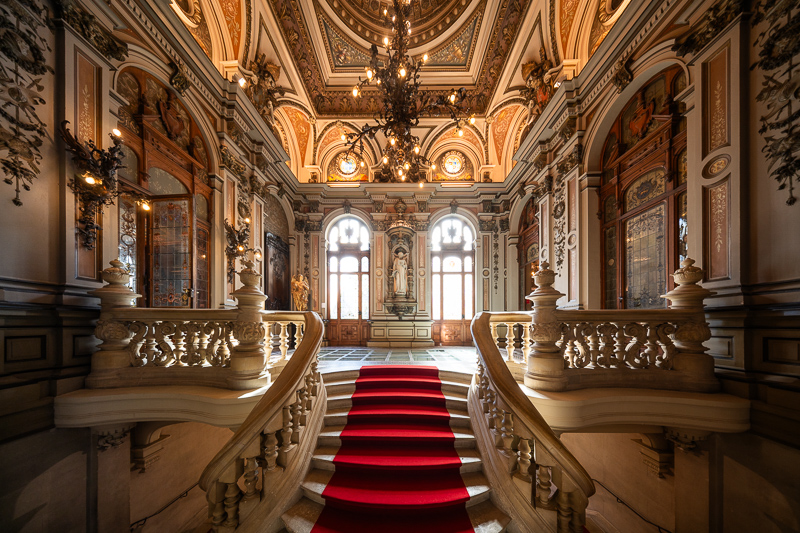
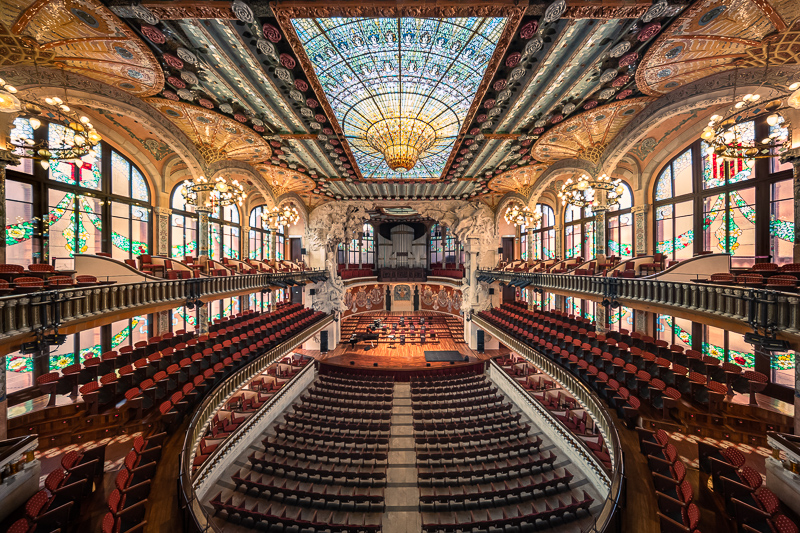
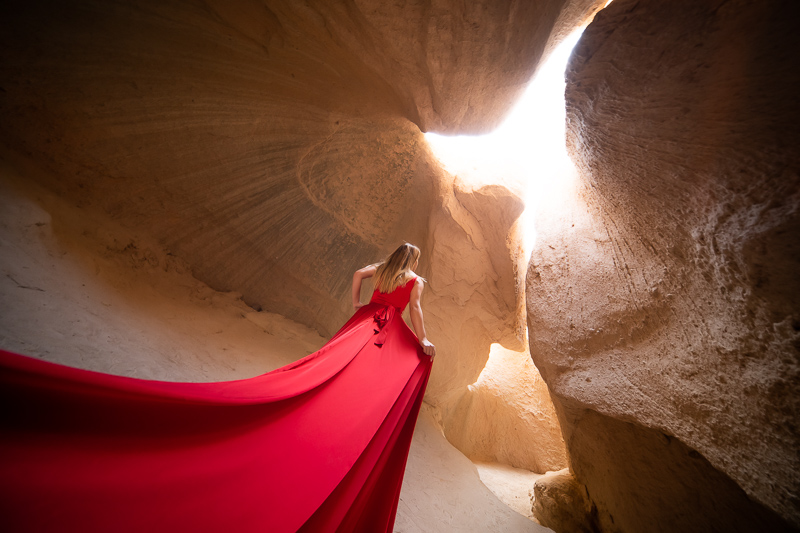
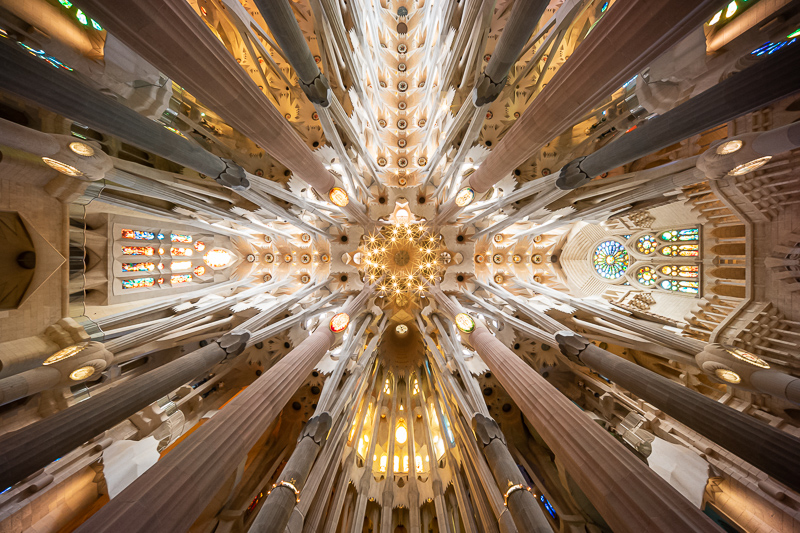
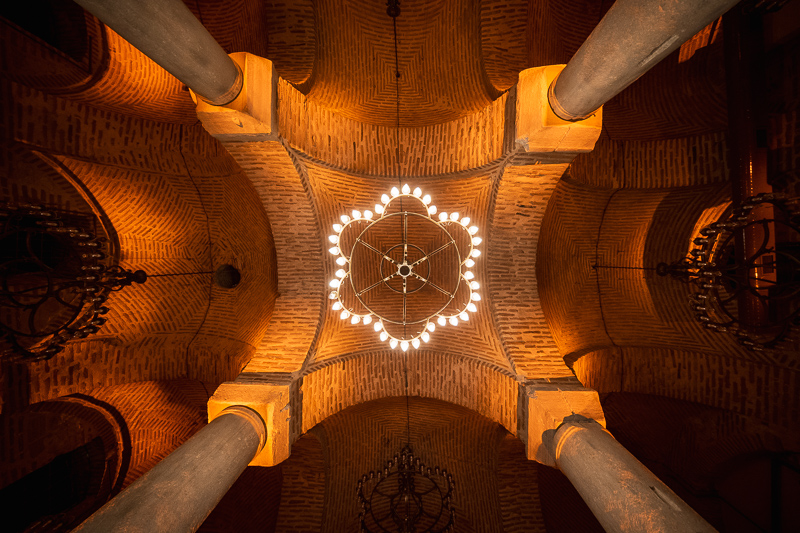
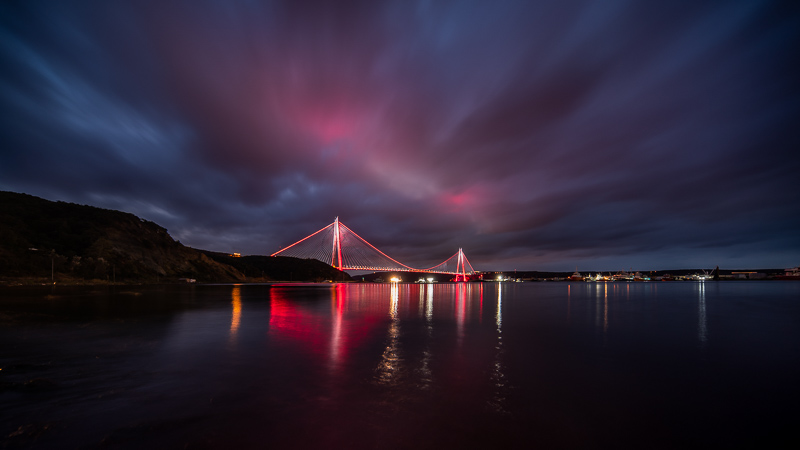
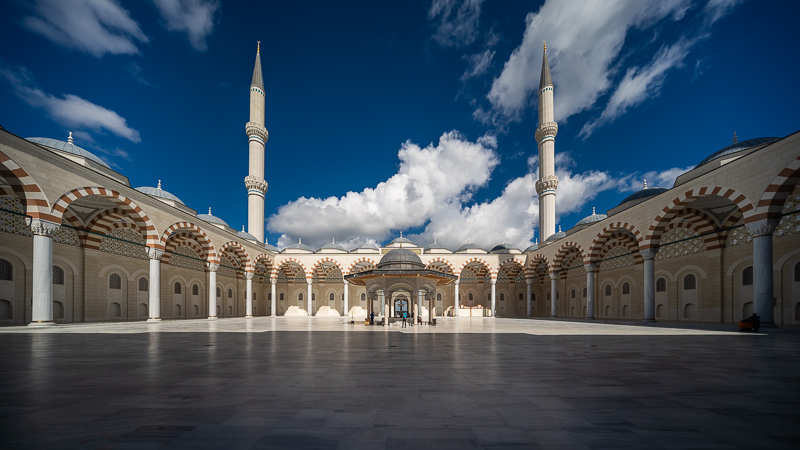
Many of the Sample images in this review can be found in full resolution here.
Contents
Disclosure
The Laowa 9mm 5.6 FF-RL was kindly provided free of charge by Venus Optics / Laowa for reviewing purpose for a few weeks. After finishing the review I bought a Leica-M sample and have been using it since.
Specifications / Version History
This is a one of a kind lens, there has not been a 9mm lens before! So far it comes for Sony E-mount, Leica-M mount, L-mount and Nikon Z. I had a look at the E-mount and M-mount versions. These are the specs of the E-mount version:
-
- Diameter: 63 mm
- Field of view: 135° (diagonally)
- Length: 74 mm
- Weight: 373g (without caps)
- Filter Diameter: – (100 mm holder will be available)
- Number of Aperture Blades: 5 (straight)
- Elements/Groups: 14/10
- Close Focusing Distance: 0.12 m
- Maximum Magnification: 1:4.8
- Mount: Sony-E
Because of the different flange focal distance of Leica M cameras the M-mount version is a bit shorter (66 mm) and also a bit lighter (350g) the other specs are the same.
You can already order the lens directly from the manufacturer’s homepage, B&H or ebay.com/ebay.de for $699 (M-mount) and $599 (E/Z/L-mount) (affiliate links)
How wide is it?
At the wide end a millimeter makes a big difference, so this Laowa 9mm 5.6 is noticeably wider than the Voigtlander 10mm 5.6, more than the numbers may suggest.
Handling / Build Quality
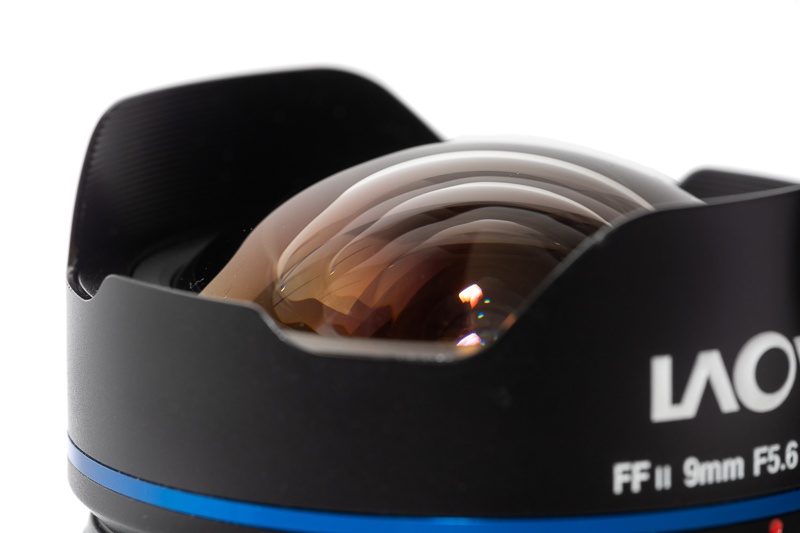
The Laowa lenses always gave the impression of high build quality but I have the feeling they are still trying to improve.
The lens looks and feels like it is an all metal construction, all the markings are engravend and filled with paint and the new laser engraved Laowa logo on the non removable hood looks pretty cool, too.
The focus ring has perfect resistance and travels roughly 100° from the minimum focus distance (0.12 m) to infinity.
The aperture ring has full-stop click stops and travels ~80° from f/5.6 to f/22.
I was a bit surprised that – despite incorporating a very complex floating elements design – the click stops are not equidistant. This won’t bother the most of you, but it kinda spoils the whole picture for me.
There is no filter thread but a 100mm filter holder is available directly from Laowa, more on that at the end of this chapter.
E-mount exclusive
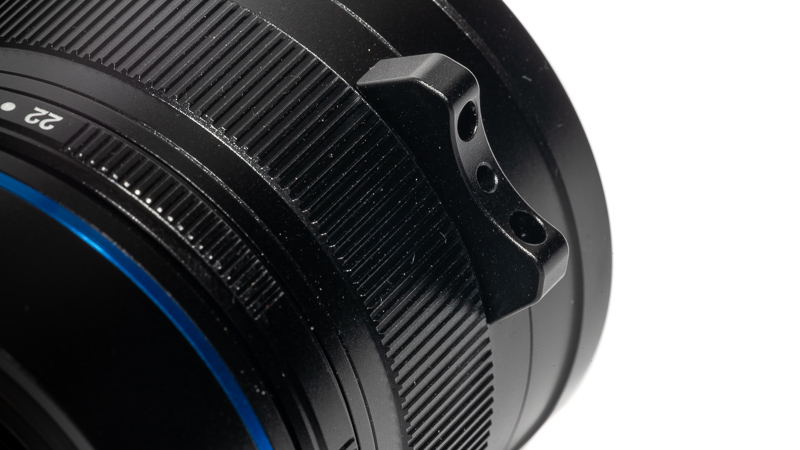
Unlike the M-mount version the E-mount version features a small focus tab, which is kinda interesting, as these are probably more popular among Leica users than Sony users.
The E-mount version does not feature electronic contacts to communicate with your camera.
M-mount exclusive
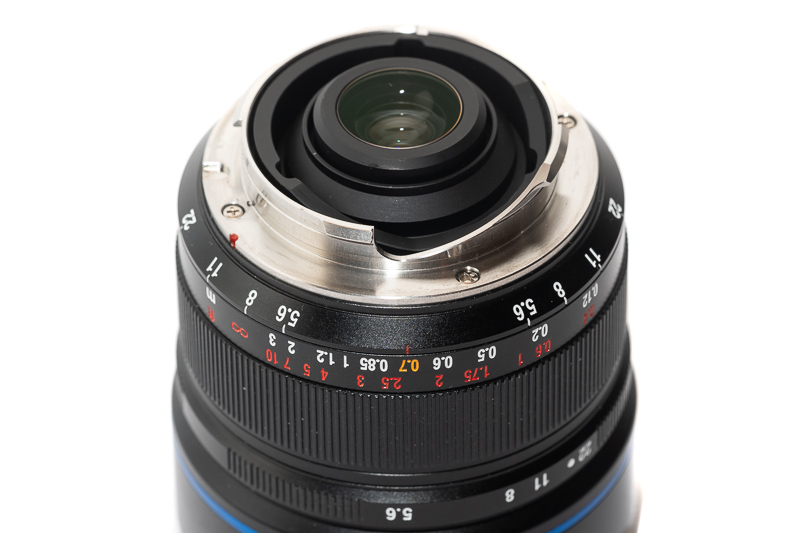
The M-mount version of this lens is rangefinder coupled between 0.7 m and infinity and there even is a click stop at 0.7 m, so you can feel if you leave that range without taking your eye of the rangefinder (not that the rangefinder is particularly useful when using a 9 mm lens).
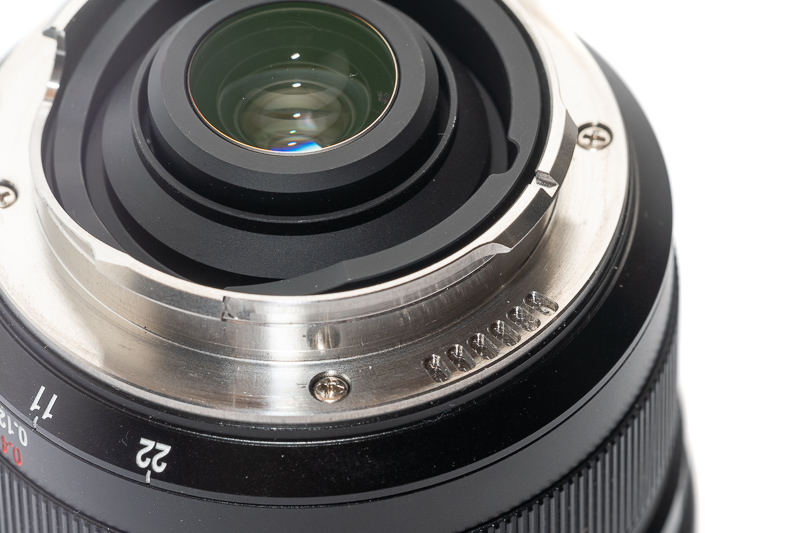
There are also holes included to add 6-bit coding so you can disguise the Laowa 9mm 5.6 as a Leica lens when used on one of the later Leica M-mount cameras.
100mm Filter Holder
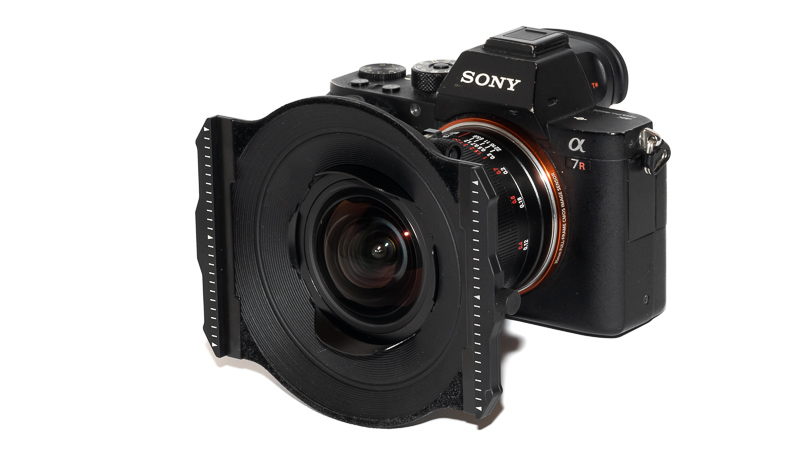
In collaboration with H&Y Laowa also offers a 100mm square filter holder for this 9mm lens, as was already the case with the Laowa 10-18mm 4.5-5.6. So we again have one of these magnetic filter holders. I will spare you some of the details about this system, you can find it discussed in greater detail in my Laowa 10-18mm review.
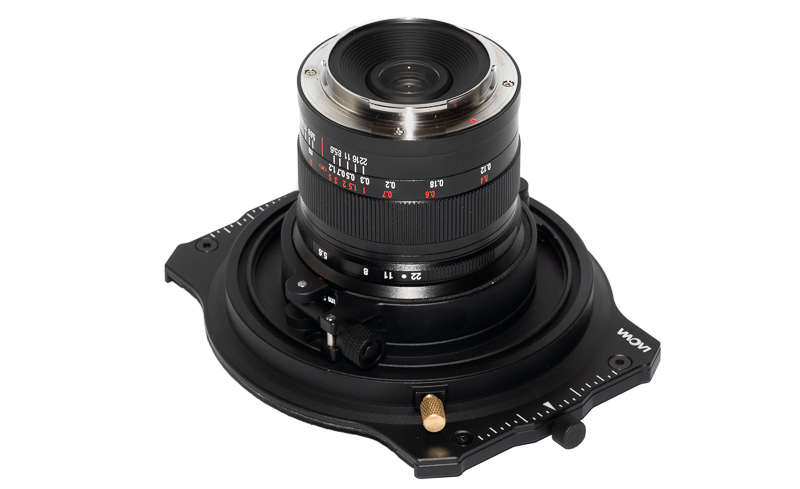
This time the holder is a single piece and you do not need to remove the lens from the camera to attach it. Furthermore it features a small screw to lock the square filters in place. These are really great improvements over the 10-18mm’s filter holder, believe me.
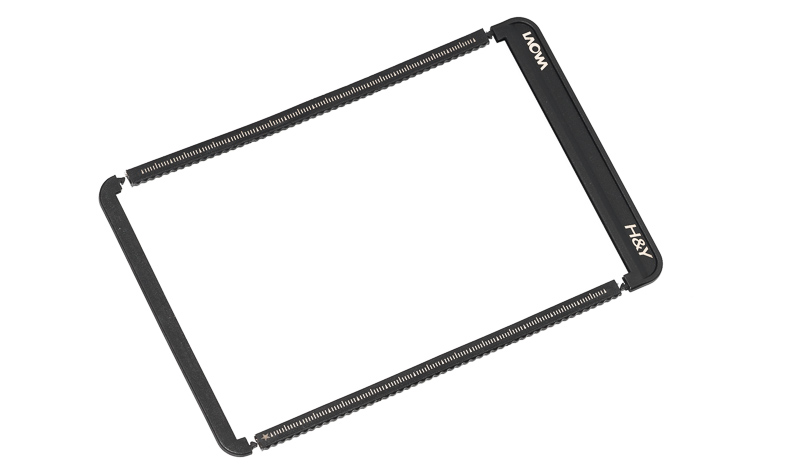
To use your existing filters with this holder you need to buy a magnetic frame for it, they come in 150×100 mm (Grad) and 100×100 mm (Polarizer/ND). The holder does ship with a 150×100 mm frame, but as I am most interested in using a polarizer with this lens I bought a 100×100 mm frame from Amazon this time.
Is there any additional vignetting when using filters?
The good news first: at 0° and 90° rotation I see no additional vignetting. These are probably the most used angles for grads and also with a polarizer these translate to maximum and minimum polarization, which is clearly what I am using most.
At roughly 40° rotation you can see a tiny bit of vignetting in the corners.
And also if you use more than one filter (I do not have more than one 100mm wide filter to try) I would definitely expect more additional vignetting.
Vignetting
light falloff
Because of the non removable hood it is harder to get decent values on light fall off with our usual method that yields those nice charts.
I measured around 2.9 EV in the corners and stopping down hardly makes a notable difference.
So vignetting is high, but in line with other small ultra wide angle lenses like e.g. the Voigtlander 10mm 5.6 or 12mm 5.6 or 15mm 4.5.
color cast
Like with other small ultra wide angle lenses there is a slight color cast in the corners. On the Sony A7rII the corners take on a greenish teint while on the Leica the color cast seems to be asymmetrical, something I have already seen with the Voigtlander VM 15mm 4.5 II to a much higher degree.
You can check out my article How to: Correcting Color Cast in Lightroom where I explain different methods to fix this.
Sharpness
infinity (42mp Sony A7rII, E-mount version)
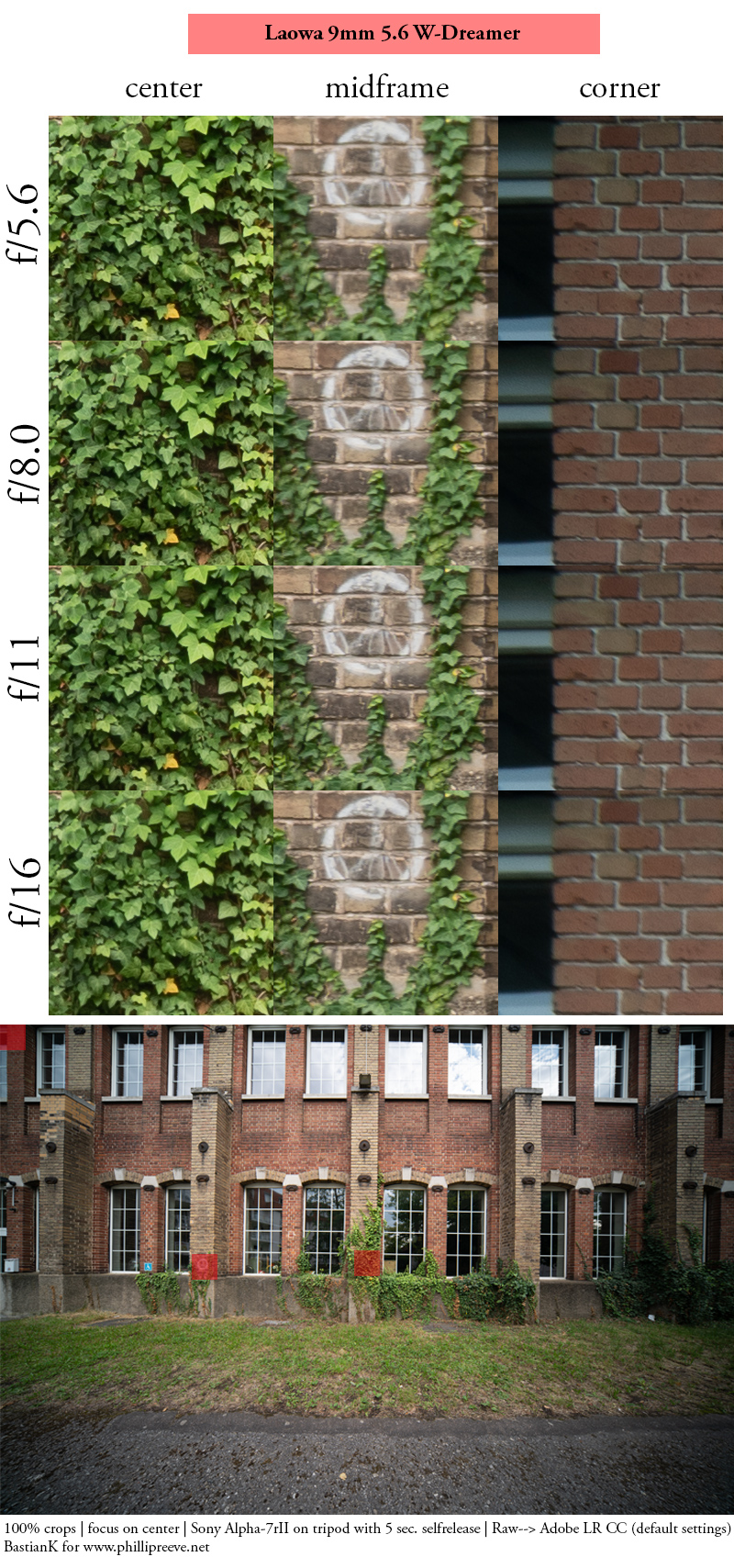
What did I expect here? The Laowa 9mm 5.6 is noticeably wider than the Voigtlander 10mm 5.6 E but pretty much the same size and weight, therefore I would have been happy if the 9mm would not be much worse than the 10mm. To my surprise the 9mm is actually quite noticeably better though.
The 10mm 5.6 really needs f/11 in the corners and even after stopping down and CA correction in post some aberrations remain.
The 9mm 5.6 on the other hand yields actually good corners at f/5.6, in fact better than the 10mm 5.6 ever gets. There is a slight midzone dip though, but it is mostly resolved at f/8.0 and will be hard to detect in actual pictures.
There are two things worth noting though: with lenses this wide mount tolerances can have a noticeable influence on the across frame performance (especially in the midframe), therefore lens A may perform great on camera B but slightly worse on camera C.
Furthermore the corners already look best at f/5.6. This is most likely due to diffraction, as the actual f-stop in the corners is slower than that in the center, therfore the corners are diffraction limited already at the maximum aperture (which is also true for comparable lenses).
But this should not take away from the fact, that I think the performance is astounding for such an extreme yet compact lens.
You can see the Voigtlander 10mm 5.6 E in a direct comparison here.
infinity (42mp Sony A7rII, M-mount version)
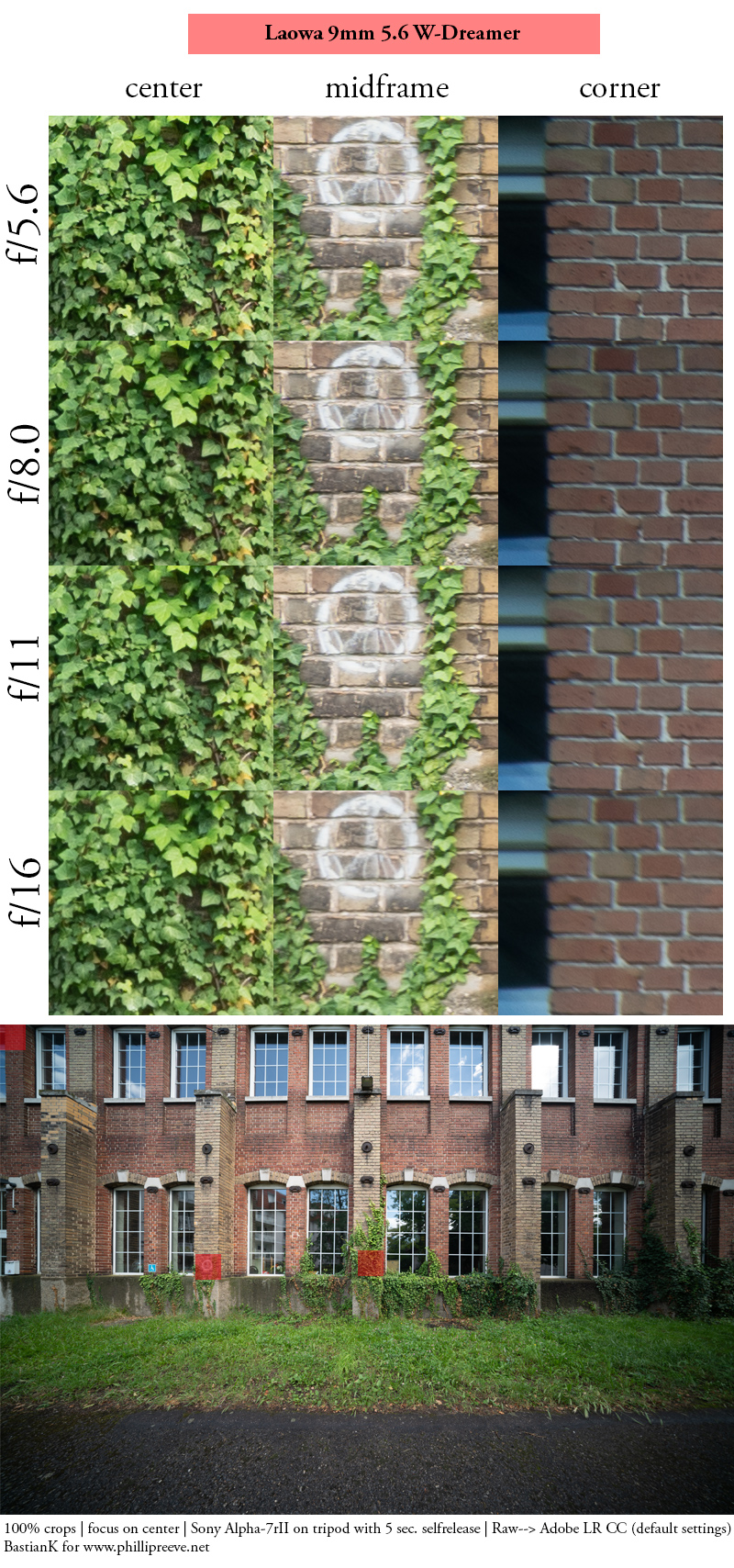
Some people are using different camera systems and many of those prefer M-mount lenses as they can be adapted to a plethora of other mounts, which is not true for E-mount lenses (they can be adapted to Nikon Z though).
So the question is always: what are you giving up when using the M-mount version with adapter instead of the E-mount version?
In the case of this 9mm 5.6: nothing, really. The M-mount version shows a performance on an E-mount camera that is indistinguishable from the E-mount version within the margin of sample variation.
infinity (24mp Leica M10)
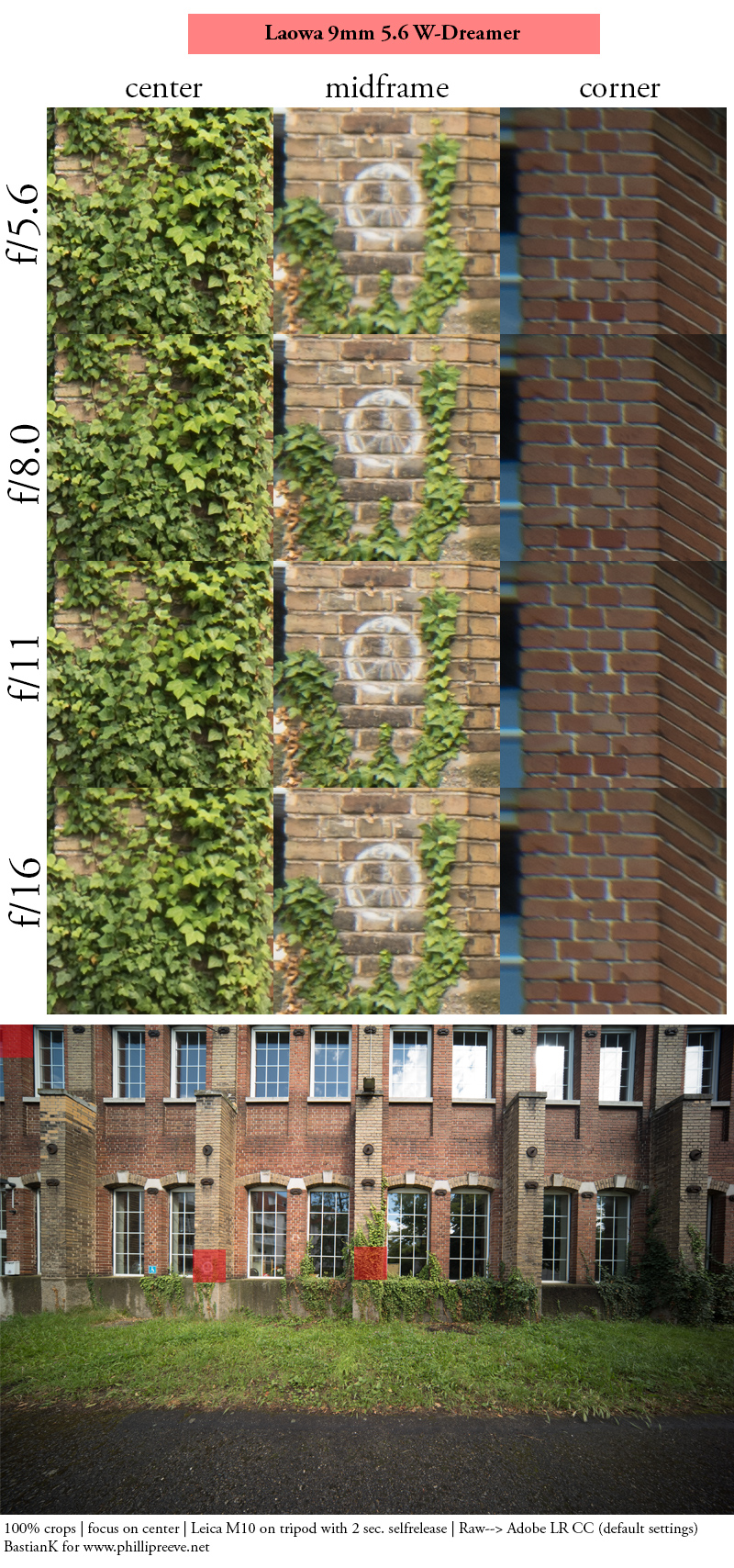
Performance on the Leica M10 is surprisingly similar including the slight midzone dip and also the corners show a very similar performance.
close (0.12m, 1:4.8)
100% crops from center, A7rII
A minimum focus distance of 0.12 m from sensor coupled with a maximum magnification of 1:4.8 is pretty amazing for a 9mm lens. The Laowa 15mm 2.0 offered a similar maximum magnification (1:4.1) but the performance was only good in the center, so I expected something similar here.
Interestingly the Laowa 9mm 5.6 offers really good performance across most of the frame even at these distances. The border regions show a performance almost as good as the center, only the midframe shows a dip in resolution (similar to the situation at infinity).
It fares significantly better here than the Voigtlander ultra wide angle lenses that also do not focus nearly as close.
Distortion
infinity
Sony A7III | Laowa 9mm 5.6 | f/8.0
The lens shows moderate yet slightly wavy distortion at infinity. Laowa created a profile for Lightroom to correct this which does a reasonably good job, you can download it here.
It also includes vignetting correction but it is too strong, I recommend a value between 20 and 40 here.
minimum focus distance
Sony A7III | Laowa 9mm 5.6 | f/22
Between 0.3 and 0.12 m focus distance the distortion pattern changes significantly. Close to the minimum focus distance distortion is much higher and you would need a separate profile here, but for all the applications for a 9mm lens with a 12cm minimum focus distance I could think of this should not be an issue.
This is clearly a design trade off that gave us the good across frame sharpness performance at these close distances.
Flare resistance
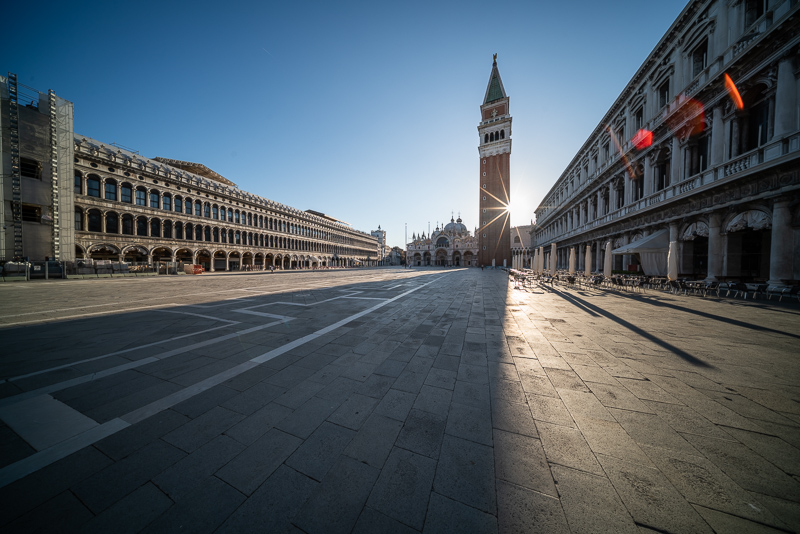
As always evaluating flare is a complex matter since you can get any lens to look bad if you push it hard enough and a slight change of scenario can affect results a lot.
The sample above is the worst I could create. With the sun in a certain part of the frame you can create a line of small red ghosts pointing towards the corner.
The Laowa 10-18mm 4.5-5.6 had severe issues with point light sources at night, luckily the 9mm 5.6 fares noticeably better here:
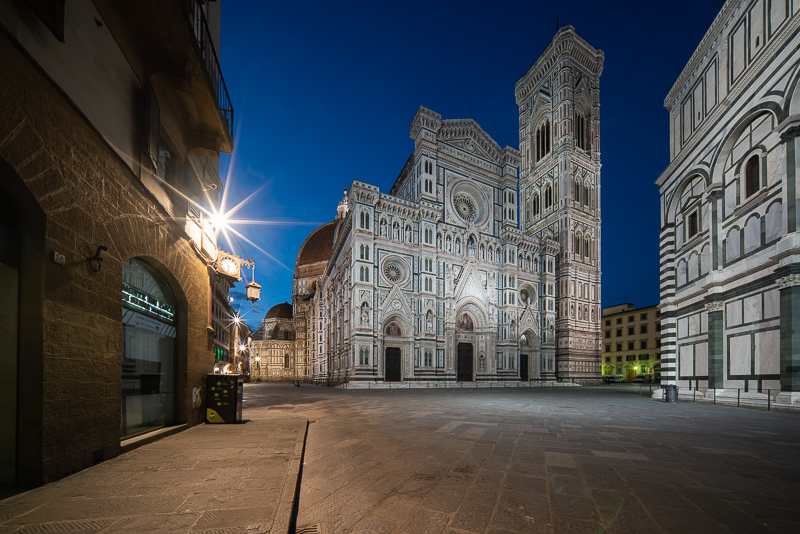
There are some situations where the Voigtlander 10mm 5.6 E would fare better, but this 9mm’s performance is not bad at all.
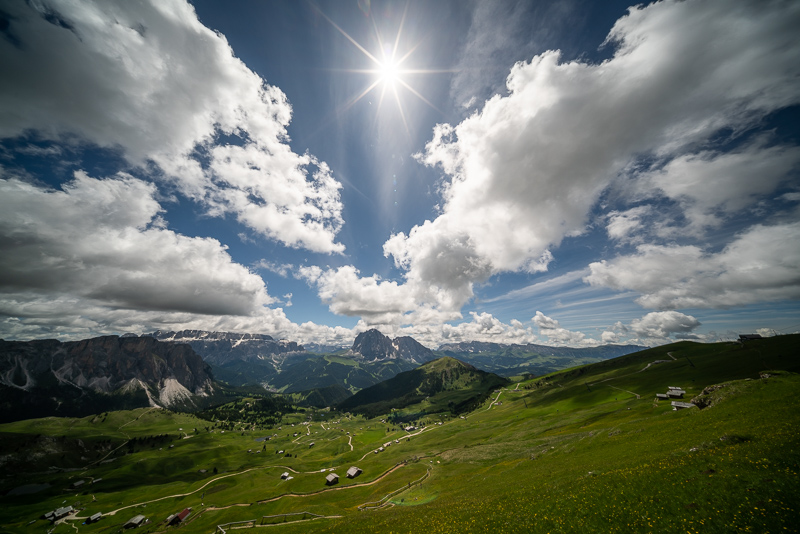
Coma
100% crops from extreme corner
After the sharpness section this does not come as a surprise: the coma correction is really good.
Still, the parameters do not make the Laowa 9mm 5.6 an obvious choice for astro photography in the first place, there are better options available for this task.
Sunstars
100% crops from center, A7rII
No sunstars at f/5.6 but well defined 10-stroke sunstars between f/8.0 and f/22 as we have also seen on the other recent Laowa ultra wide angle lenses.
If you want to learn more about sunstars have a look at this article.
Chromatic Aberrations
lateral
100% crops from inner midframe, Sony A7rII
Usually ultra wide angle lenses show a high amount of lateral CA. This is surprisingly not the case with the Laowa 9mm 5.6 as the lens is almost free of lateral CA.
The corners are very clean, you really have to look at the midframe to find a small amount of CA, which is easily corrected in post.
longitudinal
As this is a very wide and rather slow lens longitudinal CA (loCA) are nothing to worry about.
Conclusion
good
|
average
|
not good
|
As a Sony user:
The last time Laowa dipped its toes in the “ultra-ultra-wide” realm was with the 10-18mm 4.5-5.6 zoom. A lens, judging by its specs, that would be a perfect fit to my shooting style and almost any of my kits. Unfortunately in the end there was simply one disadvantage too much, be it the high distortion, subpar sharpness at the long end, flare resistance or the really annoying filter holder.
Therfore, I was a bit cautious with my expectations here.
But luckily this time I got pleasantly surprised. Not only is the Laowa 9mm 5.6 perceivably wider than the Voigtlander 10mm 5.6, in most areas (especially sharpness, minimum focus distance, coma correction, CA correction) it is also significantly better. Furthermore the Laowa 9mm 5.6 has pretty much the same size, it shares the same weight and the price is also lower.
When it comes to flare resistance the Voigtlander 10mm 5.6 still has a slight edge, but the 9mm is no slouch either.
It is really the absence of electronic contacts and Exif data that spoils the whole picture here, I would have really hoped Laowa could offer these by now. Nevertheless, you will easily be able to recognize the pictures taken with the 9mm lens when you load them to your computer due to its extreme viewing angle.
Lenses in the 9-11mm range, they are never the lenses I take most of my pictures with, but properly used they are often the lenses I take my most striking pictures with.
Therefore I decided to add one of these 9mm 5.6 lenses to my kit, replacing my former Voigtlander 10mm 5.6 as well as my bulky Canon TS-E 17mm 4.0L, something I did not expect.
As a Leica user:
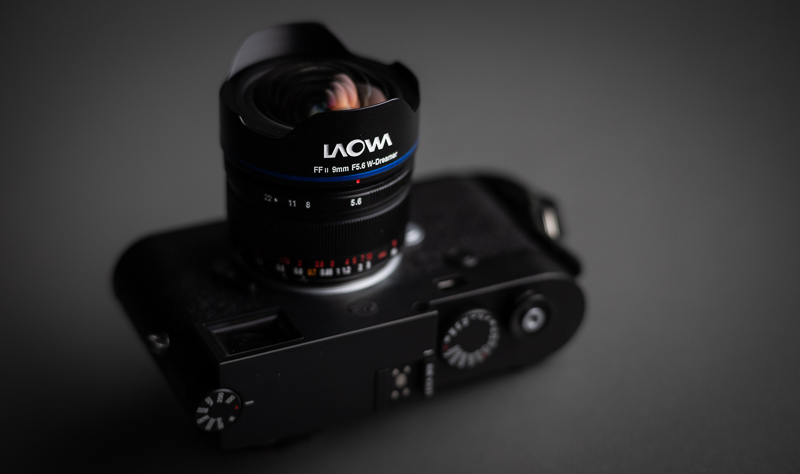
What I have written about the Sony version applies here as well, but I want to add that the M-mount version has some clever features rarely seen on third-party M-mount lenses, especially the click stop when you leave the rangefinder coupled distance range and the option to easily 6-bit code the lens.
I greatly enjoyed using this lens on the Leica M10, I am sure the sample pictures tell more than a thousand words.
Update December 2021:
I bought the Laowa 9mm 5.6 roughly one and a half years ago and it keeps being a sure pick when deciding which lenses to pack. The unique perspective allows for striking pictures, not only for architecture and landscape subjects, but every now and then also for environmental portraits, of which I added a few to the samples sections. It is still a specialty lens, but one that didn’t get nearly enough credit as it deserves.
Update January 2023:
It seems the price dropped by $200, that makes it even easier for me to recommend this lens.
You can already order the lens directly from the manufacturer’s homepage, B&H or ebay.com/ebay.de for $699 (M-mount) and $599 (E/Z/L-mount) (affiliate links)
Alternatives

You are looking at a review of the widest ultra wide angle lens and you got this far, therefore I doubt the comparably huge and long AF zooms are an alternative to you, but you can still have a look at our Guide to Ultra Wide Angle Lenses for the A7 Series to learn more about these options.
Voigtlander 10mm 5.6 E Hyper Wide Heliar:
My ultra (or hyper?) wide angle lens of choice before Laowa released this 9mm 5.6.
It is slightly better in terms of flare resistance, but resolution (especially in the corners and at wider apertures), the performance near the minimum focus distance, lateral CA and coma look noticeably worse.
buy from ebay.de | amazon.de | ebay.com | amazon.com | B&H for 1099$ (affiliate links)
Laowa 10-18mm 4.5-5.6 C-Dreamer FE:
If you value flexibility and compact size over image quality and you don’t know yet what focal length is the right one for you this may be worth a look.
buy from manfucaturer’s homepage | amazon.com | B&H (affiliate links) for $849
Laowa 11mm 4.5 C-Dreamer:
9mm and 11mm are a huge difference in terms of field of view and one would expect the 11mm to perform better – all else equal.
I did compare the lenses side by side and this is not really the case.
The 11mm shows more coma, astigmatism and lateral CA in the corners, distortion is also different, in total less, but a bit wavier. The optical design does also not look as complex and it doesn’t focus as close.
But there are also advantages: it has a 62mm filter thread (widest lens with a normal filter thread), better flare resistance, is ligther and cheaper.
buy from the manufacturer’s homepage for $799 (M-mount) and $699 (E/Z/L-mount) (affiliate links)
Canon TS-E 17mm 4.0L:
To get the same angle of view as the TS-E 17mm (when taking a shift panorama) you need a 10.2mm lens, so this 9mm lens actually allows for perspectives not possible with the TS-E 17mm. The 9mm is also easier to use (less bulky, smaller 100mm square filters, panorama not needed to get to these viewing angles) and flare resistance is a bit better, but you will obviously also end up with less pixels for the same framing. With today’s high resolution sensors this might be a trade off you are willing to take though.
buy from amazon.com | amazon.de | B&H | ebay.com | ebay.de for $2150 new or $1500 used (affiliate links)
Samyang 10mm 3.5 XP:
The Samyang is faster and it has less vignetting, especially stopped down, but even more issues with color cast in the corners. I would rather get this Laowa 9mm 5.6 (which I did).
buy from amazon.com | amazon.de | B&H | ebay.com | ebay.de for $899 (affiliate links)
Further Sample Images
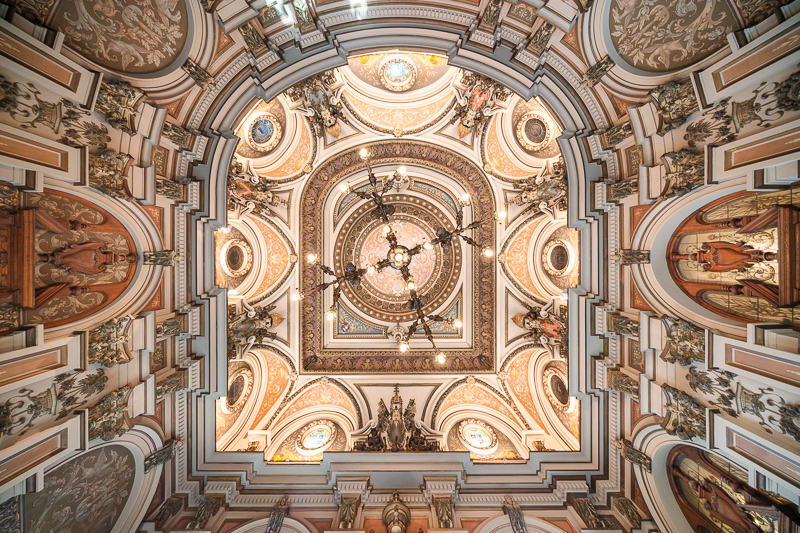

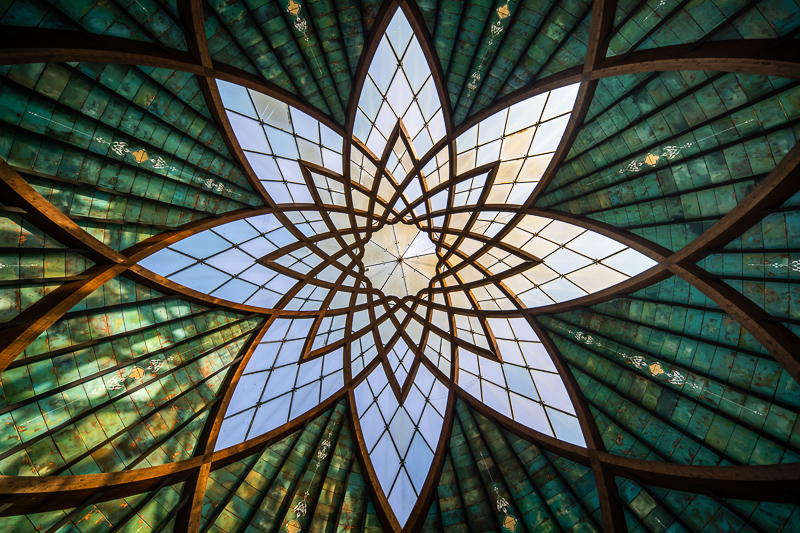
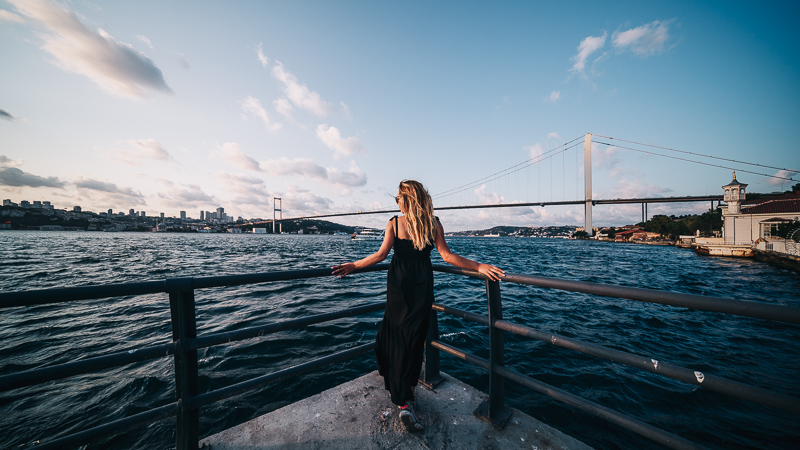
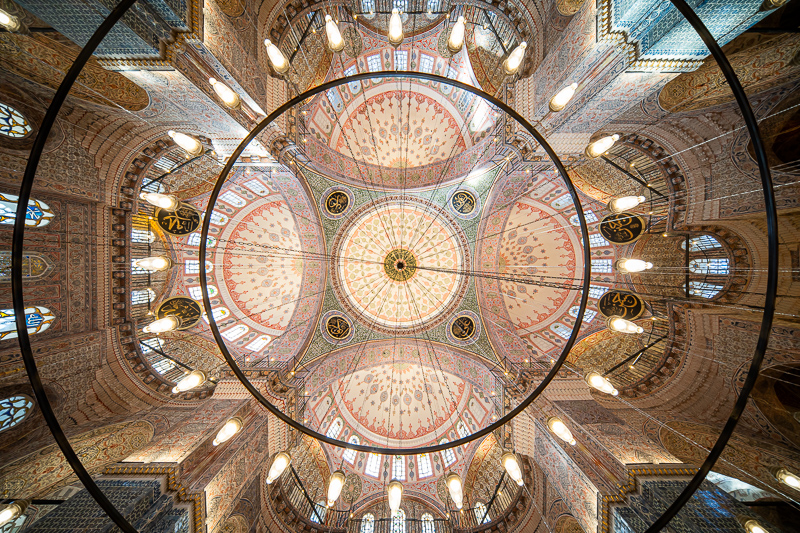


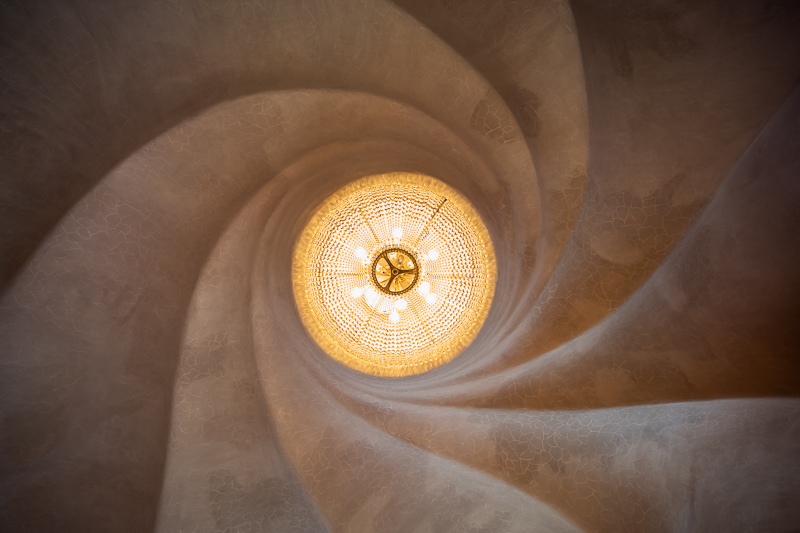
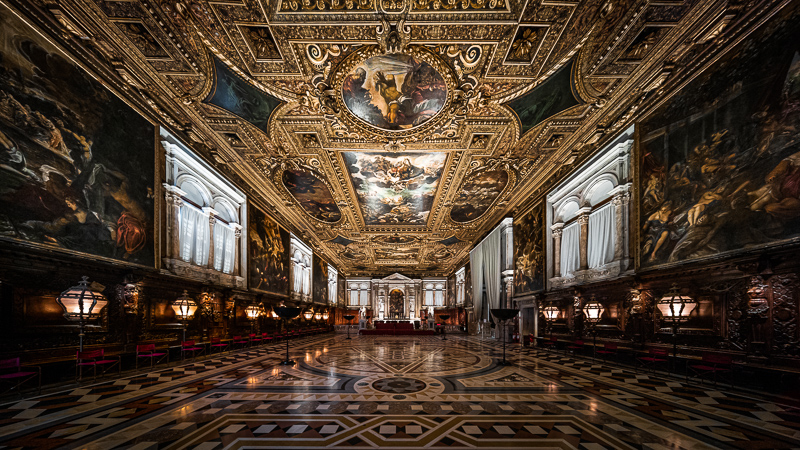
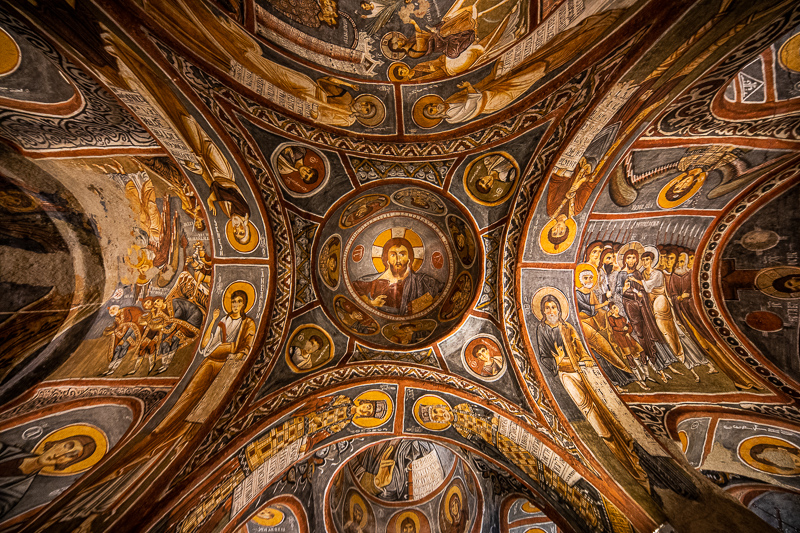
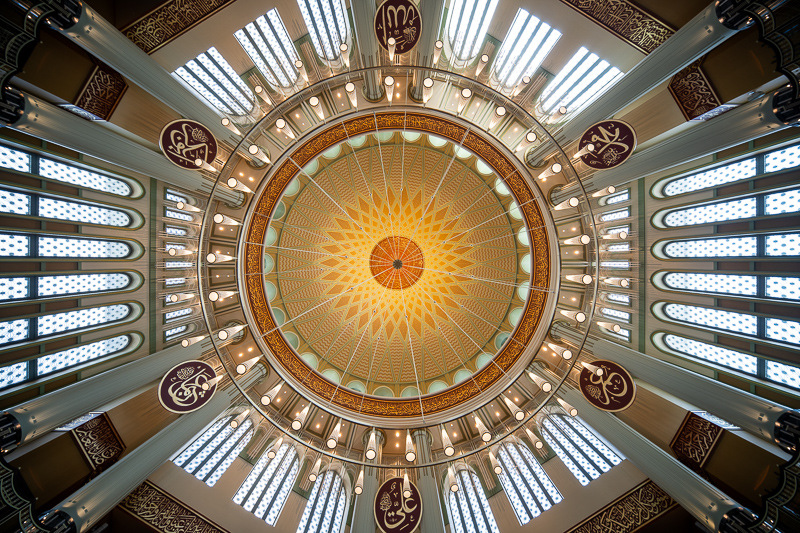
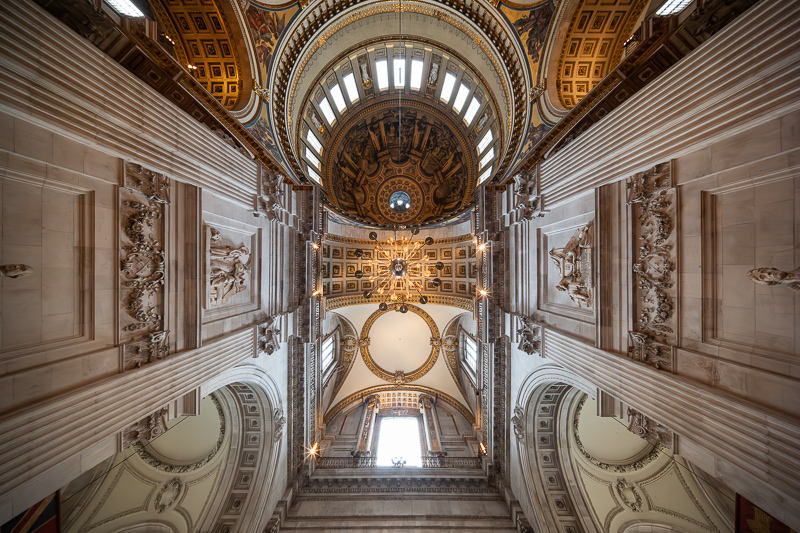
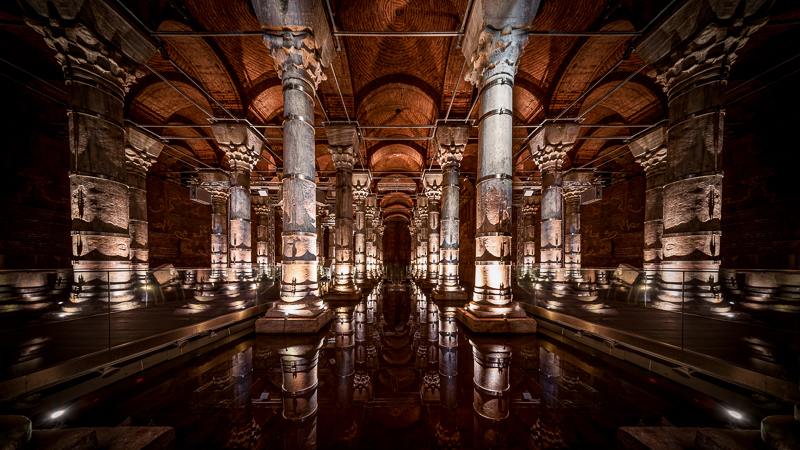
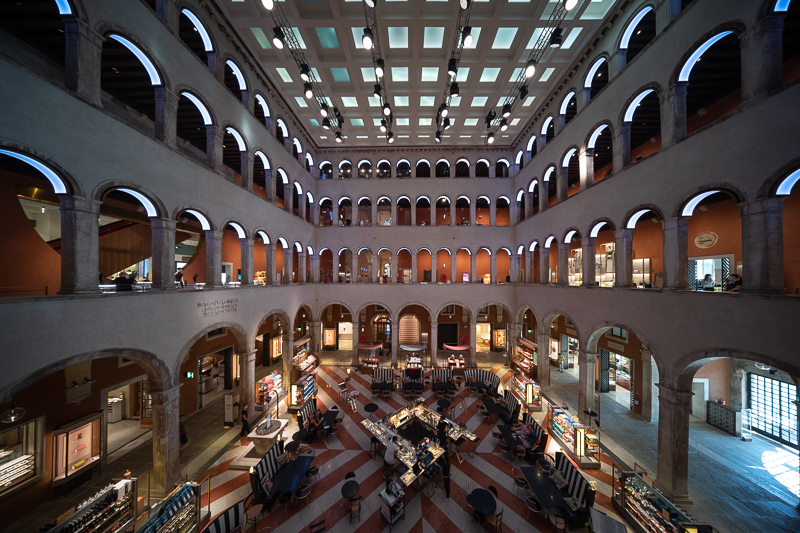
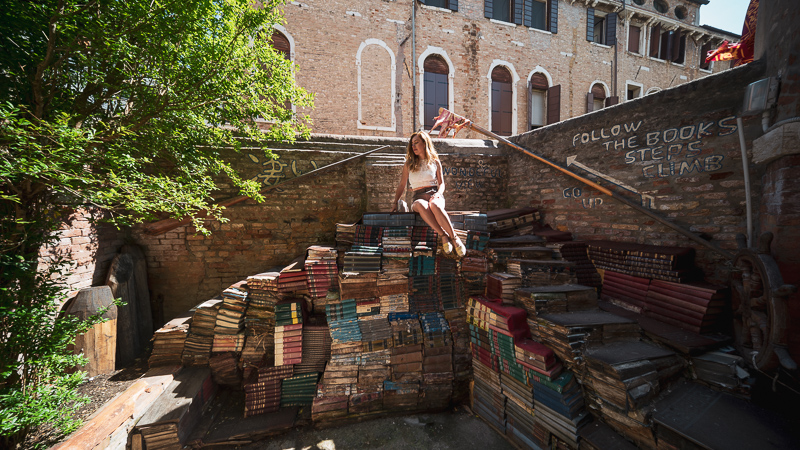
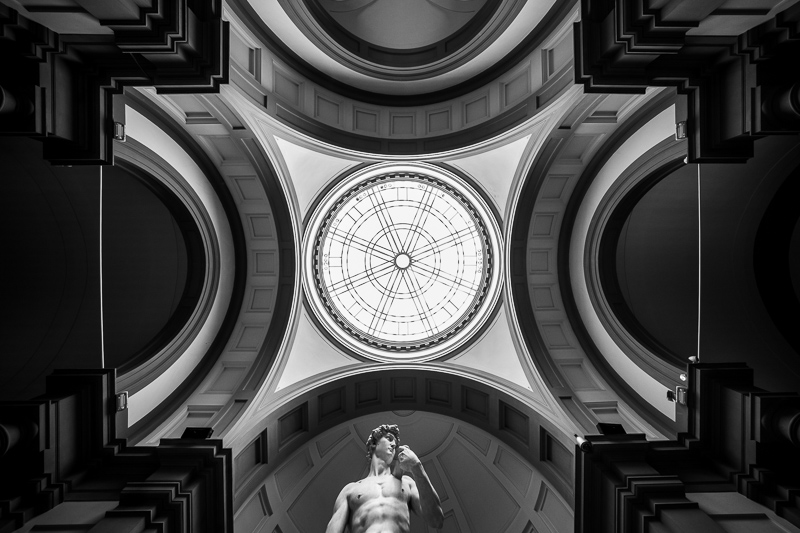
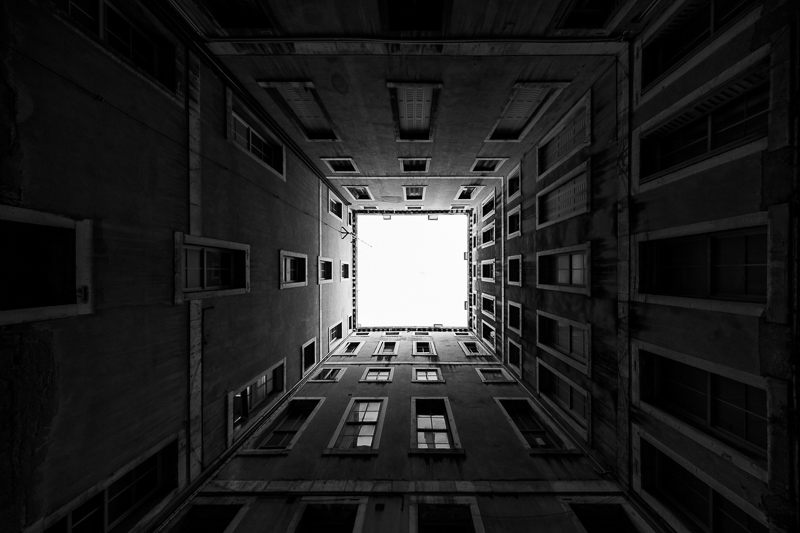
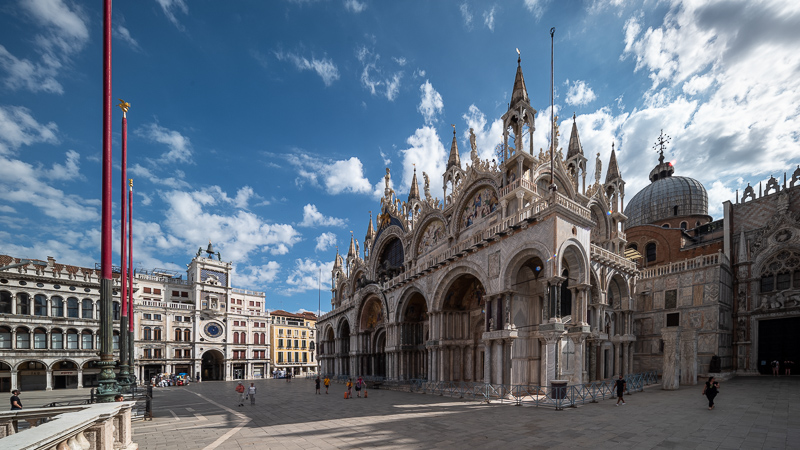
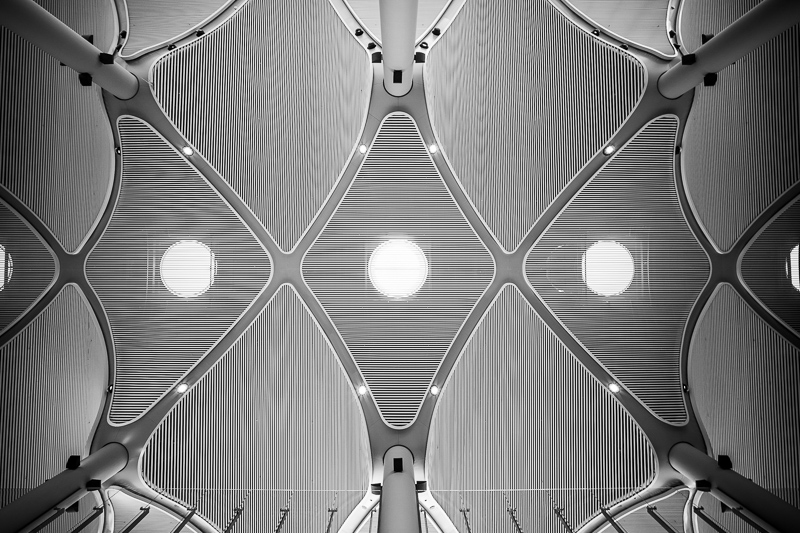
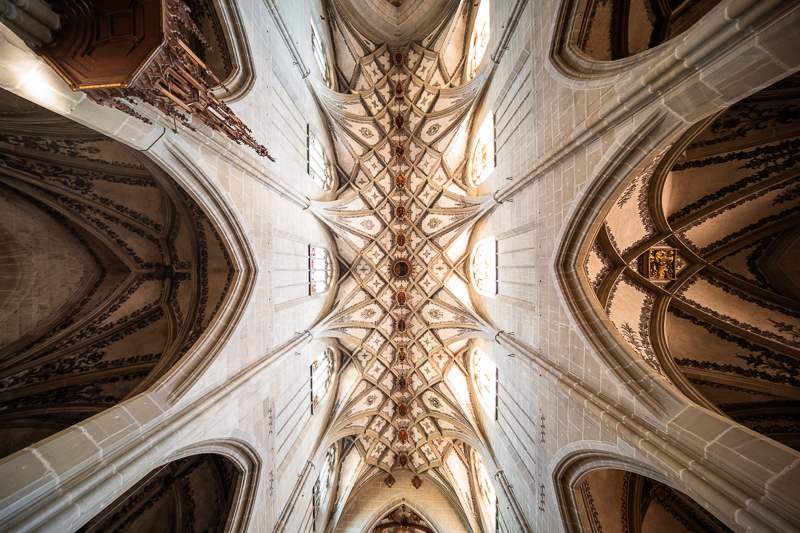
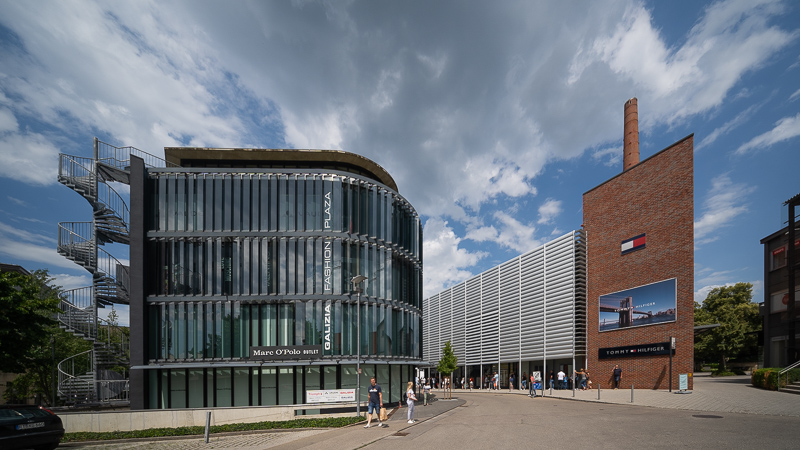

Many of the sample images in this review can be found in full resolution here.
Further Reading
- Sony FE lenses: Our comprehensive and independent guide
- Guide to the best 85-135mm Portrait Lenses for Sony a7 series
- 35mm comparison Leica, Zeiss, Voigtlander
- Review: Sony FE 24mm 1.4 GM
Support Us
Did you find this article useful or just liked reading it? Treat us to a coffee!
![]()
![]()
![]() via Paypal
via Paypal
This site contains affiliate links. If you make a purchase using any of the links marked as affiliate links, I may receive a small commission at no additional cost to you. This helps support the creation of future content.
Latest posts by BastianK (see all)
- Review: Nikon AF-S 85mm 1.4G - August 23, 2025
- Review: Irix 11mm 4.0 Firefly - August 16, 2025
- Analogue Adventures – Part 43: Nikon 35Ti - August 13, 2025









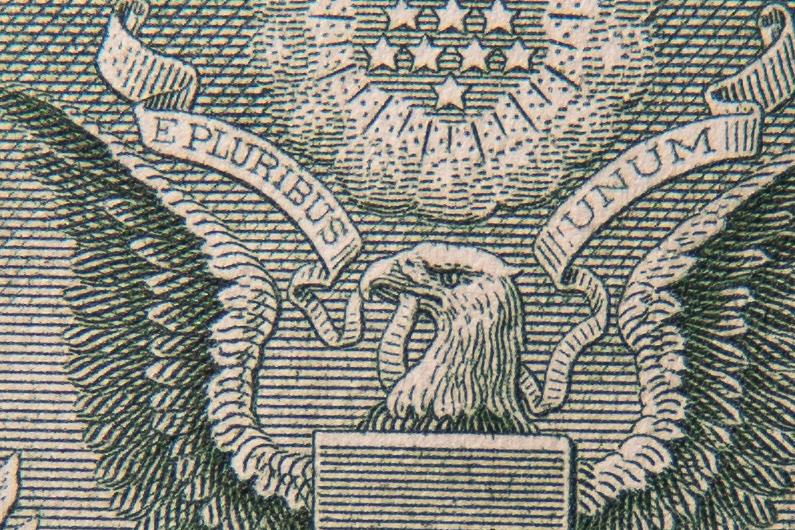
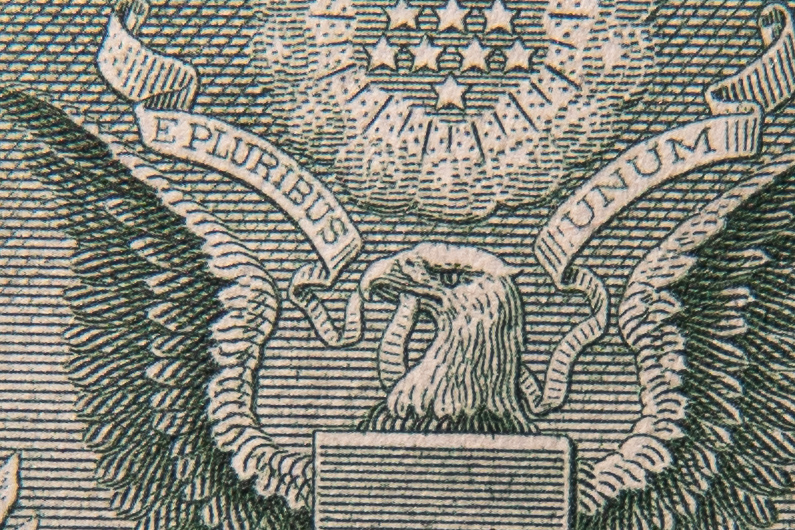
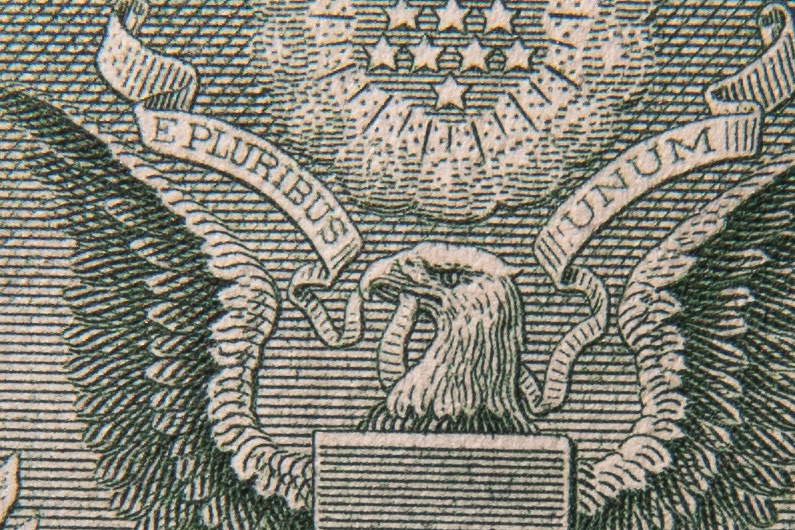

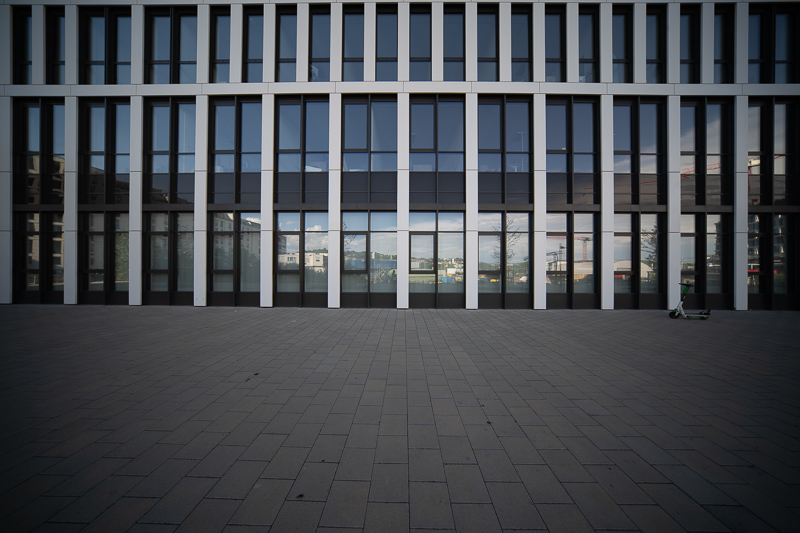




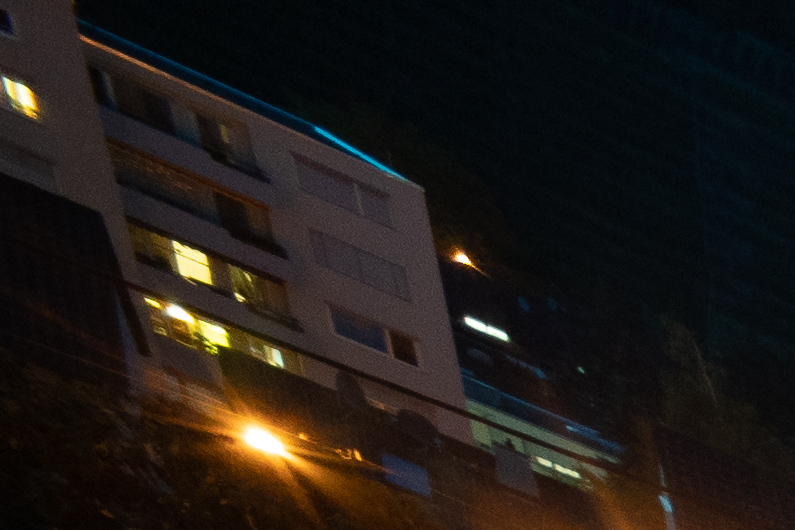
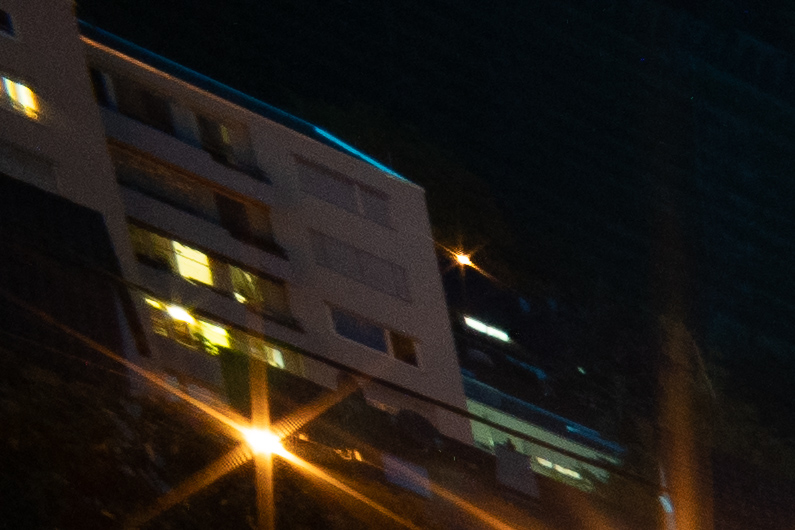
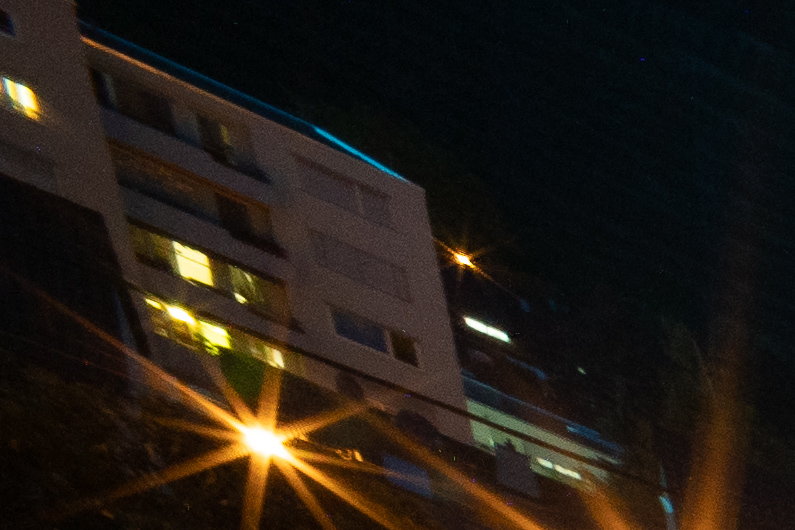

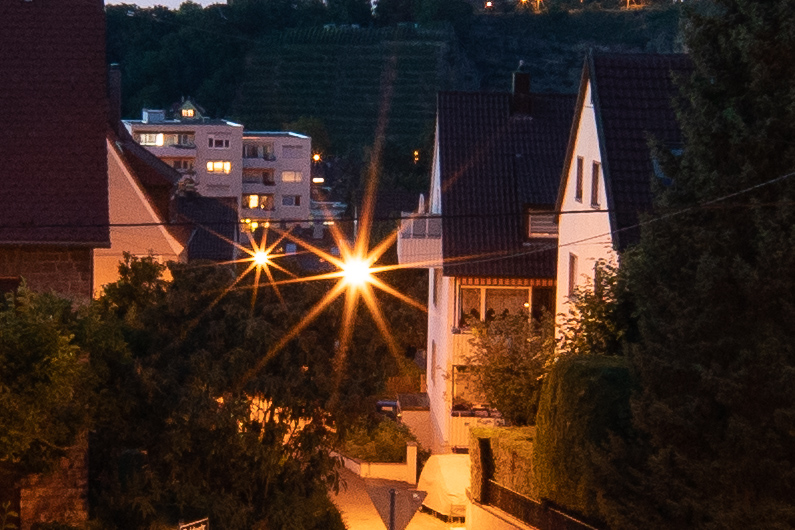
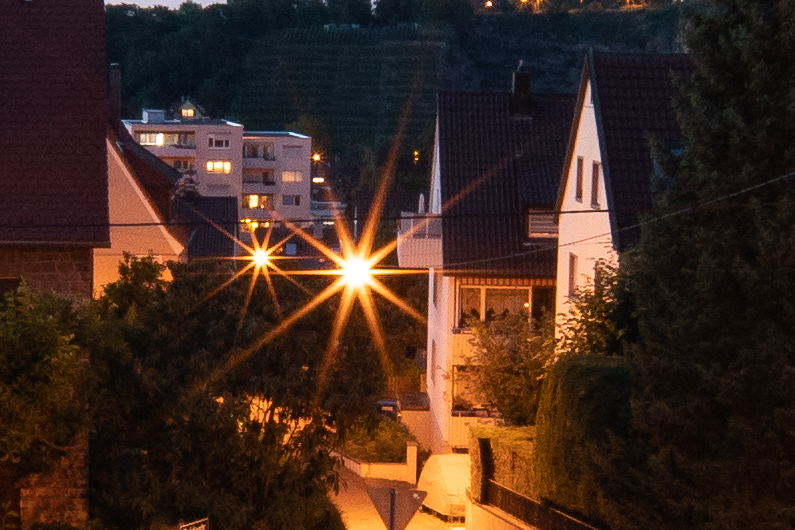


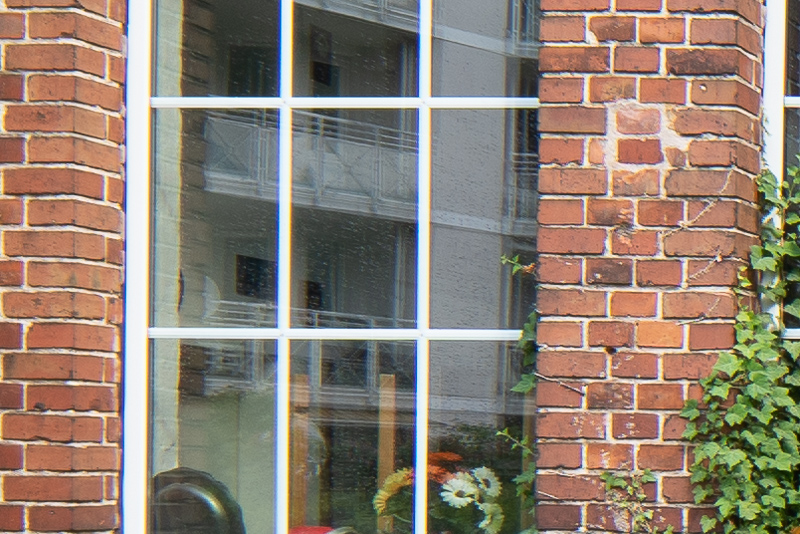

Hi Bastian, interresting lens for canyons and small interiors. I like the sunstars, I put it on my list for time lapsing and full spectrum photography with my converted Z6. Did you see any coma? or testimage of a night-cityscape? Great work! Bjorn
There will of course be a proper coma test!
What I can already tell you: the corners look to me like there is only very little.
thanks Bastian, seems an interesting lens.
….will you also test the FE-Mount version if Laowa provide a copy for you to review?
Yes, I am currently waiting for it, but I don’t expect big differences here.
Hi Bastian,
Wow, I was very excited when I found out that you will be testing the lenses and the 9mm sure looks promising!
Also, any initial review of the 14mm? Is the optical performance comparable or better than the 9mm? Does it accept 67mm filters like the 11mm?
Oh I also noticed a small typo in the image containing the lens lineup; it should be 4/14 I think
Ah yes, it is 4/14 of course, thanks for pointing that out!
This review will be updated later, especially with better product pictures.
While I received good copies of 9mm and 11mm the 14mm is unfortunately a bit decentered, which is why I am waiting for a second copy right now.
The 11mm takes 62mm filters and 14mm takes 52mm filters, which might make it a nice match to the Loxia lenses.
What I can already tell you about the 14mm: flare resistance is better than the 9mm and distortion is very low.
Very interesting lenses! the 9mm is available in the site, but I did not found the 11mm or the 14mm. Are they not yet available? Regards!
Only the 9mm has been released and is available today.
11mm and 14mm will be released at a later date (I don’t know when).
Thanks for the answer! This lens is not filter friendly I suppose? What are you doing to equalize sky and fields lightness? Staking? It is a very very attractive lens 🙂
Thanks a lot for the review!
There is supposed to be a 100mm square filter holder for the 9mm lens, I will check how that one works.
Generally, the comparably high vignetting helps a bit to not blow out the sky 😉
On the 10mm 5.6 I was sometimes even using a reverse GND instead of a hard GND.
Thanks! While a 9mm (11mm is pretty wide too, speaking for myself only) is certainly too wide for most applications, a small-ish 14mm that can take normal screw-in filters is very much a dream come true, cant wait for your review and for Laowa to release them!
As always, thank you. This lens looks like it would be awesome for extreme WA work.
One question for you: Would Laowa have supplied a profile to Phase One for their Capture One software? (A lot of Sony users have been using this for post-processing, rather than Lightroom).
Not that I would be aware of.
I also don’t know if it is even possible for a third party to create correction profiles for Capture One, Adobe provides the necessary software.
Hi Bastian, thanks for the work done, as always. Any info on availability within EU with good return policy? Duties and sample variation are my main concern.
Thanks!
I can understand, german customs are also no fun to deal with.
Laowa Germany said it will be available mid July, I guess other countries should get a shipment around that time, too.
If you tell me what country you are from I can ask Laowa.
I guess you probably haven’t tested is thoroughly yet….But based on your initial impressions, do you think the Laowa 11mm performs better or worse than the FE Voigtländer 12mm lens?
The Voigtlander 12mm 5.6 E is one of the few ultra wide angle lenses I did not use personally.
Judging by our review of it and what I have seen from the 11mm 4.5 so far I think they
are quite similar performers.
The 11mm shows more distortion but features a 62mm filter thread over none on the 12mm, which would be a benefit for me, but it also lacks the 12mm’s electronic contacts.
The 12mm 5.6 has already been discontinued and sometimes available with big discount, which makes it an interesting option, too.
Thanks, I’m from Croatia. Companies over here are slow to adopt “exotic” lenses in their rotation to begin with and the return policies are more or less non-existent. I rely heavily on other EU distributors for that reason alone (Germany mostly, but others too). I’ll wait for a couple of weeks, no need to rush. 🙂
Thanks again!
Time to say goodbye to my beloved Voigtlander…
I never loved the 10mm.
I sold it, hoping it can be replaced by the Laowa 10-18mm 4.5-5.6, but that lens had one flaw too much in the end, so I ended up buying David’s 10mm (also hoping my first 10mm might have been a faulty copy) but in the end they performed the same.
Now I am really quite happy with this 9mm, ability to use it on a Sony camera or Leica M10 with little drawbacks is now a welcome feature.
That the E-mount version won’t have electronic contacts makes it easier for me to make the decision to go for M-mount 🙂
I might have missed it in the review; does your comment mean the Leica version had electronic contacts?
I have the 12mm Voigtlander but the 11mm will be interesting since it can take filters. The only thing that bothers me, like you said in your review here, is the lack on electronic contacts. I’m thinking I might be able to buy a Leica version (of the 11mm when it’s released) and adapt it to my Sony and solve the problem.
You can google “Leica 6 bit coding” for further reference of how lenses are recognized on a Leica M camera, but to make it short and save you some time: no, it doesn’t.
Thank you for the review – reliable, sensitive and thougthful, as always! For me, this lens would probably not be that useful; but I am looking forward eagerly to hear more about the Laowa 4.0/14mm … I did not succeed to find a good copy of the Laowa 2.0/15mm, and in addition was not happy with the focussing of the latter (for me, there was not enough room between 1m and ∞ in order to focus accurately), so maybe the 4.0/14mm could be a nice option if the focussing would be a bit more generous ;).
9mm is certainly not for everyone, I agree 🙂
That is also an interesting note, I will have a look how the focus rings of both lenses compare around infinity.
Hello Bastian, thank you for your kind answer!
And yes, it would be very helpful if you could compare the handling of the focus rings around infinity! From your review, I infer that the focus ring of the Laowa 9mm/5.6 is a joy to use (you write “the focus ring has perfect resistance and travels roughly 100°”, and the photo shows quite some space between the marks for 1m and infinity), therefore I have some hope that Laowa has improved this in the 14mm/4.0, too … (Both copies of the Laowa 15mm/2.0 which I tried had (for my taste) an extremely stiff focus ring, so it was not possible to rotate it precisely; together with the little room between 1m and infinity, the focussing did not work well for me.)
I might be missing something, but how come you can’t do falloff measurements? The CV 10/5.6 has a built in hood but you were still able to do measurement on it.
I do not have perfect trust in the 10mm’s measurements in that regard, it was one of my earlier reviews
As I see you have added some very good new sample photos – congratulations! Venice and Florence are always beautiful, and you have really shown some reasonable use cases for a 9mm lens. 😉
Thank you!
There are indeed a few shots that would have not been possible with a different lens (at least without taking a panorama).
Thank you for your very good review, as usual ! Any news on the Laowa 14 ? I want a ultra wide prime for my personal use and I don’t know what to do : pull the trigger on the voigtlander 15 or wait for the laowa 14… I hope that you’ll get a good sample soon !
Not yet, but I cannot cover all the lenses at the same time anyway 🙂
Ok, thanks !
Thanks for your work Bastian. I have to say I’m pretty happy with my Laowa 15mm f2 D, but I do feel the need for an uwa or a shift lens, so I’m looking forward to the new Laowa realeases. My only issue is the filter thread. I’m hoping the 11mm will have good optical quality. Can you tell us already something about it? Also, is it possible the 15mm shift will have a rear filter system?
Currently I have no useful information on the 15mm Shift lens (except that it will shift 11mm) that I could share.
The 11mm, keep in mind I can only compare these two samples I have at hand, shows a similar performance as the 9mm,
but I would rate the 9mm slightly better (maybe 5-10% better, so not a huge difference).
I asked the designer and this is in part in fact due to the bulbous front element of the 9mm, that makes designing a lens with such a wide viewing angle easier.
With the 11mm the design target was to make it compatible with 62mm screw in filters, therefore the front element is smaller and less bulbous,
so we have a design disadvantage here despite dealing with “easier to design” specifications.
Today I also received the 100mm square filter holder for the 9mm lens that is significantly better than that of the 10-18mm lens, review will be updated soon.
Really appreciate your tireless efforts reviewing all of these lens, especially the UWAs!
Having needed the Voigtlander 10mm for some very specific shots I really value what that focal length range can achieve, but I also do bit of astro and have been looking for something wider than my 16-35GM that can hopefully take its filters. I was considering the Voigtlander 12mm with the 77mm filter adapter, but I wasn’t aware of this lens or Laowa’s 11mm (which being a stop faster would be marginally better for astro).
Between those three, what would you think is the best option? This 9mm is good but would require a whole new investment in filters, while 11mm might be adaptable to my current filter set, but the 12mm might have better image quality? Or see what Laowa has in store for the Argus line?
As always, thank you.
I actually think the Laowa 12mm 2.8 is the lens you are looking for.
I had considered it before the 16-35GM came out, but decided against it due to it still having the hassle of adapting filters, the large size, weak coma performance, and limited flexibility for all of those issues. As I do a lot of traveling and don’t see myself needing this focal length range that often, I was just hoping to get something a little more compact, even at the cost of maximum aperture.
Ah yes, I forgot about the absence of a filter thread on that one…
There is an adapter available which allows you to use 95mm filters. It works pretty well: https://www.laowalens.co.uk/laowa-95mm-filter-adapter-12mm-f28.html
Well my Laowa 9mm E-Mount lens arrived today. First impressions: A little difficult to focus in bright sunlight particularly as the infinity focus isn’t the hard stop. I guess I have yet to find the right point for my copy of the lens to focus at infinity
I managed to get the red sunflares quite often when pointing the lens towards the sun (when the sun is in the edge third of the frame)
Might be slightly sharper in the corners that the Voigtländer 10mm…although my 60+ megapixel lens definitely challenges this lens
Vignetting seems to be quite strong on the A7RIV.
Apart from the the field of view is unique and quite a bit wider than 10mm
Vignetting definitely seems to be worse with the 9mm than the Voigtländer 10mm on my A7R4
Do you have any numbers to back this up and did you compare with vignetting correction deactivated in camera?
I thought I already had the lens correction turned off….but it seems that was on my old camera. Sorry!
So with the correction turned off the Voigtländer actually seems to have more vignetting and significantly more chromatic aberration. I have no numbers to support this and it’s just based on comparing images.
I think if I had a lens profile for DXO Labs 3 the vignetting would be easier to manage. Using the vignetting slider removes it to a certain degree but not uniformly across the image.
Verdict is still out on the corner sharpness….the extra 1mm shows more stretching and I’m not sure how much field curvature there is with this lens….what were your thoughts?
Either way I’m now stuck with the Laowa as I’ve already sold the Voigtländer 10mm and I need to send it to the new lucky owner.
Only thing that still bugs me a little bit is the red lens flare…but I guess I will just have to learn to live with it / learn how to avoid it.
The 9mm E-mount sample I have here focuses past infinity which is necessary due to the high mount tolerances of E-mount cameras,
on the M-mount sample true infinity matches the hard stop.
As written in the review there is a midzone dip (field curvature) at wider apertures, still performance in these parts of the
frame is hardly worse than those of the 10mm and then in the corners the 9mm is so much better.
Ich verstehe deine Antwort nicht so ganz – Not sure I understand your reply. The optimum focus point on my lens is somewhere near the 1.2m Marl and not at the infinity symbol. I’m stopping down to F8/F11 so any mid-field dip should not be an issue. Even then the corners on the Sony FE version on my A7R4 are only marginally better (if at all) than the 10mm Voigtländer.
I’d be interested to see how you find the E-Mount version.
Can you share a full resolution landscape/architecture infinity picture taken with your 9mm somewhere? I would like to have a closer look.
I’ve sent you a message with a download link via Flickr. I think perhaps the A7RIV out resolves this lens and therefore the sharpness at the edges suffers. Have a look and let me know what you think.
Could I see one too? I’ve an A7Riv and am thinking of buying this to replace my Samyang XP f:2.4 14mm for landscapes and interiors
Beware with this company Laowa!
Hi Bastian,
Thank you very much well written review.
After I read your review, I decided to buy this lense directly from them. but I realized I ordered wrong mount. So I contacted them to cancel in just after few hours. after few days no response. I wrote again, no response. I wrote them total 5 e-mails. no response. Then after 20 days. I just get email they shipped my order.
If someone thinking buy this company’s product, I strongly recommend buy through trust worthy distributor.
It’s strange. I’ve just made the same mistake, and they’ve been really responsive, refunding my sale almost instantly after requiring it.
Hello Bastian:
I wonder if you could get a little money for promoting tourism in the places which you photograph. That place is beautiful and I would love to see it one day. I don’t own a Laowa 9mm f/5.6 lens or a used Sony A7 camera, but am contemplating to buy them. Wonderful review way more extensive than anything I’veread on DPReview about lenses, not their focus.
I wouldn’t mind, but lack the time needed for marketing 🙂
I am a lover of Voigtlander Wide Angle 3 brothers.
But I met with your review, I bought Laowa 9mm.
This is my first lens of Laowa for me.
I want to use for Architectural photography.
I haven’t used the Canon TS-E 17mm 4.0L for architecture since I bought the 9mm…
my opinion about Laowa 9 mm
Distortion is too strong, and it is impossible to correct by using Lensprofile provided from Venus optics in Lightroom.
Would you mind sharing an example where the correction didn’t work?
Sorry, Bastian
I want to withdraw my opinion.
And I found an interesting thing, distortion is changing according to focus.
When I set focus at 1.2m for getting a deep depth of field,
in this case, distortion is strong to correct.
But when I set focus at infinity ∞ , distortion becomes more natural, and it became easy to correct by lens profile.
So I decided not to change the focus from infinity for architectural photography.
Thanks for reviewing such a unique lens and making us all more aware of it. Laowa deserve some credit for coming up with such innovative designs.
I’ll be interested to hear more about the other two Laowa ultrawides you mentioned you’re testing soon. I might want a prime that’s significantly wider than my 15mm Laowa – I just don’t know for sure how much wider I want to go. This widest-possible 9mm, and crop a little when needed? Or should I pick the 11mm, depending on how well it reviews? I find it hard to decide whether 9mm will just look too stretched and extreme in the corners, even in shots where no other focal length will frame what needs to be framed. Would this lens produce OK results when taking extremely tight indoor photos of small rooms etc? Or would it just be “too much”?
P.S. Lenstip have added their review of the lens – their conclusions are a close match to yours – https://www.lenstip.com/588.1-Lens_review-Venus_Optics_LAOWA_9_mm_f_5.6_FF_RL_Introduction.html
I personally sent this E-mount sample to lenstip and already read their translated polish review 2 days ago 🙂
As I value the lenstip testing I was also relieved we came to similar conclusions, anything else would have clearly made me question my approach!
The 11mm 4.5 review, it is mostly finished, but I will wait until the official release to publish it.
At shared apertures 9mm and 11mm show a smiliar performance.
I think the 9mm is a slightly better performer in terms of sharpness and contrast and a bit better at closer distances.
This is mostly due to the higher design freedom introduced by the use of a bulbous front element.
The 11mm would be my recommendation if you want slightly better flare resistance and the 62mm filter thread, which is surely nice to have.
I’m able to use the filter holder (“L-100”) that came with my Laowa 9mm 5.6 RL with a number of other lenses I have including my Loxia 21, 35, 50 and 85. Do you know anything about the upcoming polarizer filter for this filter holder from H&Y? H&Y said they are working on one. I’m curious whether it is a square filter or if there is a way to attach a circular one.
I have no contact to H&Y and therefore no idea what they are working on, but I doubt that it will be a round polarizer.
Will see how the holder fits my Loxia lenses though 😊
There may be a very slight light leak from behind with the Loxia as it does not have petals (that the 9mm lens has) to fill in the slots on the mount but I don’t think it would matter. I’d be interested in your thoughts on this.
I can also fit a screw on polarizing filter on the Loxia lenses under the 100mm filter. It may be a good solution for a minimalist kit – Laowa 9mm, Lox 21, 35, 85. I wish it would work on the Laowa 15mm f2.0 but it is too wide a lens.
Which 100mm polarizer do you have?
I will have a look how it works with the Loxia lenses.
I am using a square Haida polarizer, but that was mainly a price driven decision.
If money was no issue I would have preferred a “Landscape” or “Blue and Gold” polarizer.
Actually, it’s easily to cover up the slight light leak at the rear with a piece of gaffer tape (loose fitting so the holder can still be loosened and tightened for attachment to the lens). Now it works perfectly now with Loxias and also with a few other small circumference lenses.
How is the testing of the other new Laowa (11mm & 14mm) lenses going?
I’m particularly interested to know how the 11mm lens performs in terms of flaring and edge sharpness….
11mm review will be published tomorrow!
14mm we are waiting for a replacement sample but non available at the moment.
Great! Look forward to reading it!
very interesting, thanks for the professional review
“off topic”.. : In camera Lens distortion correction
An A7R5
(I also have A7R2 and R3)
..do they need lens profile correction to be turned off
or will it be allready off if they eighther dont identify the lens or dont have one for that (recognized) lens ?
Sorry – Thank You
If the lens has no electronic contacts (which is the case here) the correction is automatically deactivated.
Has anyone tired the Leica version on a Sony with the Techart Pro AF adapter?
(Yes, I realize AF is not really needed at 9mm).
cannot find this lens here: https://www.slrlounge.com/rokinon-12mm-f2-8-full-frame-fisheye-lens-review-urbex-extreme-adventure-photography-lens/
Any comments?
I know it a fisheye – but it corrects very well, better than most rectilinears?
Wider is always a useful option for architecture and, like you, I previously used the Voigtlander 10mm. Following reviews and good experience with Laowa, have also bought this 9mm.
However, the lens profile is an unmitigated disaster!
While it may give a better ‘fix’ to the distortion, I have no idea what they are playing with in regard to the vignetting. It seems like the lens just wants to blow out every detail in the periphery and if you reduce the effect the centre becomes as dark as Hades; there is no good option.
Someone needs to create a much better profile for Lightroom!
With the Adobe Lens Profile Creator you cannot make a better profile, as it does not work properly with UWA lenses with high vignetting.
I know, because I already created profiles for four such lenses.
As I have written in this review: “vignetting correction is too strong, I recommend a value between 20 and 40”
Thanks for the quick reply, but I’ve found that even dialing down the correction to lower than that is still not sufficient. I have no idea what they did when creating the profile, but it sucks, BIG TIME!
Als Besitzer des 10mm Voigtländer entnehme ich dem Bericht, das ich mich zwischen den negativen Eigenschaften des Voigtländer und des Laowa entscheiden muß.
Der größere Bildwinkel des Laowa ist für mich nicht entscheidend. Die bessere Randschärfe unbedingt, wobei zu testen wäre, wie sehr das bei meiner Sony AII mit 24 MP zum tragen kommt. CA kann ich korrigieren, Flair Resistance eher nicht. Keine elektronische Kontakte ist für mich normalerweise ein k.o. Kriterium, würde ich aber in diesem Fall hinnehmen.
Knackpunkt ist die Vignettierung, 3,7 EV beim Laowa und 2,5 EV beim Voigtländer. Eine ganze Blende mehr, das ist heftig.
Bei genügender Helligkeit, ISO 100 und nicht zu großem Motivkontrast ginge auch das noch. Aber bei Innenaufnehmen mit ISO1600 machen mir schon die 2,5 EV des Voigtländers Probleme.
Hier steh´ ich nun, ich armer Tor und bin so klug als wie zuvor. ( Goethe, Faust )
Vignette könnte beim 10mm etwas höher sein, als im Review angegeben. Meine Methoden waren damals noch nicht so ausgereift.
Es ist immer schwierig, verschiedene Tests ein und des selben Objektivs miteinander zu vergleichen. Colorfoto Heft 3/19 bewertet das 10mm insgesamt mit “schlecht” und gibt eine Vignette von 1,9EV an.
Thank you for such a helpful review. Architecture is my main subject and I currently own the PC-Nikkors 19mm (new, stellar, awfully expensive), 35mm (old, cheap and very usable) and 45mm (a very nice and sharp lens). I also had the 17mm, 24mm (II) and 45mm Canon TS lenses. Now I’m really tempted by this UWA lens (I’ve enjoyed the cheap Samyang 8mm fisheye, which becomes around 12mm on my Z7), but I don’t know whether I will be better served by the Laowa 15mm tilt lens. The Z7 has plenty pixels to crop, but I am afraid that for tall buildings the cropping must be too drastic. Also, I’m not very keen on the kind of distortion that UWA lens produce on the borders, it looks pretty unnatural and I guess that the 15mm lens will be better in this regard. Still, a rectilinear 9mm lens is a lot of fun in itself, and even more if it is small and reasonably priced… Finally, if this lens would be released in F mount (it won’t be, since it’s designed for mirrorless cameras from scratch), I’d buy it for sure, because that way I could use the tiny Aurora filters that fit the FTZ adapter (I’m not willing to expend money on expensive 100mm filters)…
Personally I sold my TS-E 17mm because of the 9mm 5.6.
Distortion is easier correct in a single shot than a panorama and
I don’t need 150mm filters and nodal rail anymore.
Thanks for replying. Hmmm, I see… I think I’m going to get it, its price/features are really tempting. Danke schön!
I choose the silver version for Leica mount. It works very well with TECHART PRO AF adapter + SONY a7C.
Mr Bastian, hi — thank you for your reviews, your wisdom & knowledge, and advice so kindly given
I hope you’ll consider answering a naive question from a VERY beginning user of [ultra] wide angle lenses. I have only ever used down to 20mm [on SONY A7R iv.]
But I’m very inspired by some of your pictures to buy a LAOWA 9mm lens. However — now I’ve realised there’s an 11mm alternative, and am torn betwween the two lenses. The 11mm appeals a bit because of the filter aspect, but it seems [???] much inferior optically. I am leaning towards the 9mm f5.6 because of the wider perspective and better [???] optics re vignetting and sharpness at corners and edges —– but would be extremely grateful for any advise or comments you might have time to offer please?
many thanks, leigh
Yeah I do think the 9mm is better optically. I often use it together with a 21mm lens and think that it is a good fit.
thanks for that advice, much appreciated
how do you weight between laowa 12mm 2.8 vs laowa 9mm 5.6?
wider angle (3mm in ultrawide is significant) + 10 blade sunstar
vs
larger aperture + zero distortion + less vignette
I don’t weigh between those as they are too different.
Either you want the widest lens possible or you want a fast lens for e.g. astrophotography.
I purchased this lens based on your recommendation and my copy was super soft….it was even worse than my 10-18 (which is not super sharp either). I may try for a better copy later once they get the consistency up.
Fortunately I got it from amazon so its going back…but super disappointed.
As this is only the second time someone complained about a bad sample here I guess the consistency ain’t that bad.
My copy is soft too, my 12mm Voigtlander is far far better. I’m gonna sell it.
Im struggling between this lens and laowa 15mm f2. What is your view after testing for these two copies? Thanks!
The lenses are hardly comparable.
It isn’t even apples and oranges.
Maybe start with the less extreme 15mm.
Where is the review of the Samyang XP 10mm 3.5?
Check “Alternatives” section.
I was finally able to test the Samyang 10mm 3.5 and it EASILY beats the 9mm in IQ across the frame not only in sharpness but vignetting and CA control.
It has one ISSUE which is kind of big for me..MFD..it cannot focus anywhere near as close as the 9mm so for cool-looking closeup shots of small objects, it just does not have the same impact as the Laowa.
But for anything else, it is easily my pick of the super-wide primes.
Not even in the same class- not only does the Samyang have to be larger as an SLR lens, but the aperture at 10mm is pretty fast too.
You seem to value the Laowa’s minimum focusing distance, even though barrel distortion increases significantly- might you try a short extension tube on your Samyang?
Saying this- the wider you go, the more sensitive lenses are to flange distance changes. I had enough trouble with different T-Mounts for my Sigma 18mm, so it might be next to impossible to find a sufficiently short bayonet one.
*However*- seeing as how you compared this mirrorless Laowa with the SLR-lens Samyang, you could be using a mirrorless body. It’s definitely viable then to get an adequate adapter.
If you ever get the chance to, I wonder if you could ask someone at Laowa what’s the widest they could go, with the aperture being f/8. Same ‘sharpness’, level of distortion etc.
I know selling a product with that aperture might not be viable- more importantly, even harder to get framing right. Also, think about a situation where stitching two 135 degree photos from this 9mm *wouldn’t* be enough.
I’m nevertheless curious in a world of aspherics what the limit is, it’s alittle hard to gauge. I ask so I could put this theoretical lens against the Hologon 15mm f8, another limit-defining lens for it’s time. Given how they surprised us with the 10-18mm zoom, I do think I’d get an interesting answer.
I asked for you, this is the answer:
PS: I am not sure a comparison to the 15mm f/8.0 Hologon is exactly fair, as that lens is also super tiny.
Sorry I didn’t get back to you earlier Bastian-
Many thanks for asking this, really gives a good idea of what’s possible.
Hello,
Have you ever looked at defished images from Samyang 12mm fisheye?
I’d love to see a comparison between those images and the ones from this 9mm or Voigtländer 10mm.
I’ve seen several images from that lens that people have run through two passes of fisheye hemi and got (almost) distortion free, very wide images with very striking pictures.
Yes I have.
The image quality of defished fisheye pictures is only usable for very low resolution images.
I really wonder who keeps telling people this could be a good idea.
Original picture:
https://phillipreeve.net/blog/wp-content/uploads/2021/12/DSC_0086_1.jpg
Defished picture:
https://phillipreeve.net/blog/wp-content/uploads/2021/12/DSC_0086_1-2.jpg
100% crop from corner before and after defishing:
https://phillipreeve.net/blog/wp-content/uploads/2021/12/2021-12-26_193103.jpg
Many thank for the quick response.
I have the Voigtländer 15mm/4 that I actually bought based on your/Philip’s review here but I also have a 20mm and the difference in field of view is not that much to write home about. Therefore I am after something wider. Now as you say that you have compared and that will not be good, the fisheye will fall out from the options list, thanks for that.
Well, there are articles/videos about the defishing 12mm images both on SLR-Lounge and the Luminous Landscape that talk a lot about how a good idea it is to use this lens and defish it to get the widest most fantastic images.
In my review of the TTartisan 11mm 2.8 fisheye there is also a comparison between that lens and the 10mm 5.6.
As you can see horizontally the angle is hardly different, so the 11mm fisheye will not give a wider rectilinear picture.
Yes indeed, both very interesting and surprising, as theoretically you’d expect a fisheye with its 180 degrees (diagonally) would have a wider horizontal field of view than a 10mm rectilinear with its “only” 130 degrees diagonal field of view. In the other hand 2 fisheye lenses both with 180 degrees diagonal field of view can have different horizontal field of views and the Samyang may (or may not) have a wider horizontal field of view of the TTartisan 11mm in your test but that diff may not be much and it is not relevant for me anymore.
About 8 and a half years ago, when I made hundreds and mainly panoramas, I travelled to Iran and took some pictures of some amazing architectures with a 10,5mm fisheye on a full frame camera. Afterwards I tried to make some rectilinear images of those pictures. At that time there was no rectilinear lenses that could achieve such extreme field of views but now I am seriously thinking of he Laowa 11mm or 9mm (after ruling out Samyang 12 mm fisheye),
https://500px.com/photo/1042056568/Yazd-by-Ma-Ha/
https://500px.com/photo/1039669000/Water-Bowl–by-Ma-Ha/
Hi Mahmood,
i had a Canon fisheyezoom 8-15mm and defished the pictures with PT-lens. Defishing results in extreme cushion shape. If you cut the picture in a rectangle shape, you loose a lot of height and little of width. SoI looked witch focal length I used most, it was 12mm resulting in a width of 117° on a APSC sensor.
So I looked for a rectilinear lens with this angel and found the 10mm Voigtländer, borrowed from my dealer this lens and a full frame camera and compared the defished pictures with the Voigtländer pictures.
In the middle, the defished pictures are a little sharper as the Voigtländer, but the more you come to the edge the fisheye pictures are stretched and the sharpness decreases rapidly.
Overall, the Voigtländer gives sharper pictures as the defished fisheye pictures, so I bought the Voigtländer.
Hi Bastian,
Thanks for the excellent review of the L 9mm f5.6. I am into architectural photography, and have been researching the pro’s and con’s between the 9mm and 15mm Shift lens for some, time, and I finally took the plunge and ordered the 9mm from B&H.
I was also thinking to get the 100mm filter holder for the 9mm f5.6, but after a lot of googling, I’m not seeing any good places to buy it. There is a foreign language site in Singapore selling the H&Y, but I’m not sure if they will deliver to North America. Any suggestions?
You can get it on the manufacturer’s homepage, it is a bit hidden though.
Thanks for the link Bastian. I just received the lens, and I’ll be ordering the adapter once I confirm I’m keeping it (which is looking very good so far).
In my initial testing, I found my copy to be very sharp and well centred. The only issue I have been looking to solve with this lens (common to all extreme WA lenses not just this one) is volume deformation; Objects very close to the lens can suffer extreme amounts of stretch-distortion. Not really an issue with all compositions, only those with very close objects, which could include the immediate foreground. After playing around with photoshop, I found ways to control it, but those methods are time consuming, and they may cause other image defects. The best solution I found so far is the DXO Viewpoint software (which can be purchased separately from DXO PhotoLab). It has a Volume Deformation correction module, which works impressively well. There is a free trial demo with plugin link to and from Lightroom, so very convenient. Anybody considering this lens really should consider this. I hope to test it out thoroughly once the weather improves here (January in Canada)
I have a Nikon Z6 and a Sony A7III I would like to use the lens with. To avoid the issue with mount tolerances causing image performance issues, I am considering getting the M-mount version and using a helicoid adapter on each camera to “calibrate” the mount tolerance (i.e. to lock the helicoid adapter into position at a point where the midzone dip is corrected). What are your thoughts about this idea? I’m not sure if I should do this, or to buy the E-mount version to use it on the Sony + Nikon.
It depends a bit on how “solid” your helicoid adapters are.
I tried plenty from various manufacturers and only the heavy Voigtländer VM-E Close focus adapter (soon to be replaced by an MK II version) was in my opinion solid enough for really accurate sharpness. I am not saying there is no cheaper option available that does the same (e.g. Yeenon or Tinray, which are 2 I didn’t use yet) just that I haven’t seen one.
The Hawk’s Factory – which does feature a very lightweight build and an adjustable hard infinity stop – developed a bit of a wobble over time leading to severe tilt on my MS-Optics 135mm 2.4 lens.
It might be worth trying to get M-mount adapters (or an E->Z adapter) which do(es) have the correct length instead.
I am using the 9mm 5.6 M-mount with a metabones adapter, which is actually really good in terms of length, fit and flocking.
Thanks. I think the M-mount version is most versatile and will likely buy it. I have the Yeenon helicoid adapter for Nikon Z and it is extremely solid with zero play in it (love it), but does not have an infinity lock unfortunately. Looking at my various M-to-E and M-to-Z adapters, I notice that they have a metal plate with screws on them, so I could easily place shims within them. I was thinking, I could use my helicoid adapters to establish the correct “thickness” and then measure the correct thickness with a micrometer or caliper, and then I could shim the cheap M-mount adapters appropriately to match the thickness required. I think this would be a better alternative rather than using my expensive helicoid adapters locked in position specifically for only one lens… by the way thanks for so many excellent lens reviews, they are by far the best lens reviews on the internet that I have found.
I think that approach of shimming some of the adapters is a very good idea, also in terms of weight and because it is rather unlikely you will actually be using the extension with the 9mm lens.
Hi Bastian,
I have this lens and I am trying to create an LCC (lens cast calibration) profile for Capture One, to quickly and easily correct for the color cast of this lens in the corners. I was wondering if there is a method that you may be using to correct color cast other than using gradients in Lightroom?
I have had limited success creating an LCC reference image, by using an evenly lit white wall with long exposure and moving the camera in circles to blur the wall to get an even neutral frame for the LCC. There is a neutral white opaque 100mm x 100mm plate that Phase One sells (phase one accessory #6020094), I imagine I could mount that in front of the Laowa lens if I had the magnetic filter holder, but I would rather not pay for the filter holder or the plate if I do not need to do so. I was thinking, perhaps I could use a white Teflon plastic cutting board as my neutral white plate instead. I may need to use a weak light source and long exposure (while moving the plate in circles) to smooth the LCC image. If anyone else has some thoughts or tips as to what I should do, it would be greatly appreciated.
Generally cannot help you with Capture One, sorry.
You might try an evenly lit concrete wall though.
White is just a bright grey, nothing else.
Hello everyone,
First of all I love your website and really appreciate your reviews.
One small question: with sample images are they all taken by yourselves or are some from the manufacturers? For example with Laowa the lady in the long red dress pops up a lot. If some are provided by manufacturers I’d be grateful if there was an asterisk or something to make it clear.
Thanks and best wishes,
Graham
All the images you see in my reviews are taken by me.
Lady in the red dress is my fiance.
You will find plenty of my pictures in adverts, magazines and on several homepages (Voigtländer/Zeiss/7Artisans/TTArtisan, probably more) as I allow the lens manufacturers to use them.
Why do I do that?
Because 5-10 years ago I was always complaining about super bad quality sample images when a new lens was being released that do absolutely nothing to showcase a lens’ capabilities and typical usage scenarios and didn’t help me one bit in deciding whether to buy a lens or not.
If there is ever a picture in one of my articles not taken by me it is clearly stated like at the end of this chapter.
Wow Bastian – they are stunning images. It makes me embarrassed for asking but they were so good I thought I ought to. Best wishes Graham
Bastian,
I’m currently shooting with a Canon EOS M6 Mark II, which is an APS-C camera with an M-mount. I’ll be going out west to the national parks and wanted to get a wide angle lens. Would either the Laowa or Voigtlander lenses work on the Canon with an adapter? Would I lose the electronic info with the Voigtlander? Pleas let me know…thanks.
There are not many third party wide angle lenses available for the EF-M mount. One of the few ones I am aware of is the Laowa 9mm 2.8.
Adapting Voigtänder M-mount lenses doesn’t make much sense, they are more expensive than necessary for you as they cover the fullframe area.
Adapting E-mount lenses to EF-M cameras does not work.
Bastian, have you done a review of the Laowa 9mm 2.8?
Sure: Review: Laowa 9mm 2.8 APS-C.
Thanks for your review. You stated that the 9mm is better than the 11mm for the Dreamer lens. Would that be the case for the FF-RL lens, too? I want a lens with a Nikon Z mount.
There is no optical difference between 11mm 4.5 Dreamer and FF-RL.
The name was simply changed at some point.
Thanks.
Hi Bastian,
I am considering this lens for my sony a7riii, for which i have the techart adapter for Leica M-Mount (I am quite happy with the adapter and its autofocus capabilities, it’s the second generation). Do you think I will loose image quality or have any other issues when buying this lens as a M-Mount version and adapt it instead of the Sony Mount version?
Thanks and kind regards,
Jakob
With this lens no, I am also using the M-mount version on all my cameras!
Thanks for the quick reply! Love this site, it’s my go to for lens selection!
Always here to help 🙂
A quote from the article: “…despite incorporating a very complex floating elements design…”
I’ve searched everywhere trying to figure out if this lens has a floating element system, and nowhere I could find, not even the Venus Optics website, states it does, as far as I can tell. Yours is the only review I’ve seen that contains this valuable tidbit of information. Could I ask from where you learned it?
From the lens’ designer.
But it is enough to actually hold the lens in your hand and turn the focus ring, you will notice the non linear movement of the rear group relative to the front group.
Toller Bericht. Darf ich fragen, wo Ihr dieses Objektiv bezieht? Direkt von Venus Optics? Danke und Viele Grüsse
Ja, ich importiere die direkt vom Hersteller.
Es gibt aber alternativ auch einen deutschen Vertrieb.
Need help deciding… Based on your experience, which lens would you choose between Laowa 9mm 5.6 and Laowa 15mm F2 for a trip to Portugal?
Yours,
If you are interested in churches the 9mm 5.6.
If you are interested in astrophotography the 15mm 2.0.
Thanks!
I believe that the Laowa 9mm + Sony a7r4 combination will give me a lot of attitude/possibilities.
Yours,
Hi Bastian,
Thank you for an excellent review. You mention using a 100 x 100mm frame for using a polariser. Could you please explain how I could use a polarising filter with this 9mm f5.6 Laowa?
Thank you.
DeeJay
You need Laowa’s filter holder, one of these frames and any 100×100 polarizer, e.g. this one.
Thanks, Bastian.
Still not entirely clear. Sorry if being somewhat stupid but all polarisers I’ve used have two elements that by rotating increases or decreases the level of polarisation. This single filter can do this?
Regards,
Dilip
Polarizers are only one element, variable ND filters are made of two Polarizers.
OK, thank you for your very prompt response. Sorry for the very basic question.
Don’t worry, always happy to help!
Hi Bastian,
Sorry to trouble you again!
I have got the suggested items (H & Y filter frame and square filter) on order but have never used this wide a lens before! I am reading that using a polariser for ultrawide (let alone 9mm) is challenging and results are inconsistent. I assume you have no issues and wondered if there is any ‘best practise’ advice you could share please?
Thank you.
Dilip
I think I summarized the important aspects in this article.
Generally using the filter for “bluer sky” is not a great idea and I wouldn’t use it for that.
For removing unwanted reflections on wet surfaces it can still work really well though.
Great, thank you!
I guess no substitute for playing with it myself!
Thank you so much, Bastian.
Best,
Dilip
Hi. I finally bought the Laowa 9mm 5.6 lens following an exchange of messages with you. I used it during my trip to Portugal a few weeks ago. Overall, I am very happy with the purchase. It’s not an easy lens to use and master…it requires a lot of attention. Of course, some photos are correct but nothing more. On the other hand, I have many with great results (in my opinion). I will keep it for a long time and try to further develop my skills in using it properly.
Glad you like it!
Just tried two copies of this in Z-mount. Both were differently awful and significantly asymmetric. Even stopped down to F/11 the corners didn’t get close to the levels shown in this review. Mid-field softness was mostly mild as shown in this review but also asymmetric in a weird way. After carefully testing there was no tilt profile that would potentially correct the asymmetry – that is to say it doesn’t appear the lens mount was at issue and shimming wouldn’t have helped. Either tilted or mis-aligned elements.
At about the same time I tested two Laowa 14/4 and they also suffered bad misalginments that made them worse at F/8 than a 14-30/4 zoom wide open. They were particularly awful in that even refocusing to attempt to mitigate field curvature was of no help on two of the corners.
Anyway, I’m very glad Bastian takes the time to present these novel lenses in review but a strong “buyer beware” is in order. Especially suspicious when Laowa is providing copies for review such as here. I note the Laowa 14/4 review that doesn’t say it came as a loaner from Laowa was a garbage copy much like the two I got.
Anyway, four for four bad copies for me from Laowa on their compact primes. Yeah, small number statistics and I’ve gotten duds from other companies too. Luck of the draw I guess as I have some very nice copies of ambitious lenses from some of the other Chinese manufacturers.
We received I think two samples of the 14mm 4.0 from the manufacturer which both weren’t great.
Hope to see the test for 10mm f2.8 c&d dreamer
February 20th!
Finally pulled the trigger on this lens and got it for about $400 – excellent condition off of KEH 😎 your reviews have been instrumental for me
Good deal, enjoy!
I really wish they would make a Mark II of this lens with electronic contacts… now that they even have E-mount autofocus in the repertoire, they MUST have the necessary know-how 😅
I feel like their answer to that need was the 10mm/2.8 AF 🙂
Kind of, but then also not? The manual focus version of the 10mm (which I would have preferred over the AF version) also doesn’t have electronic contacts 😭
It was a tough choice between the two, but today my 9mm/5.6 arrived – I hope I can put it to good use.